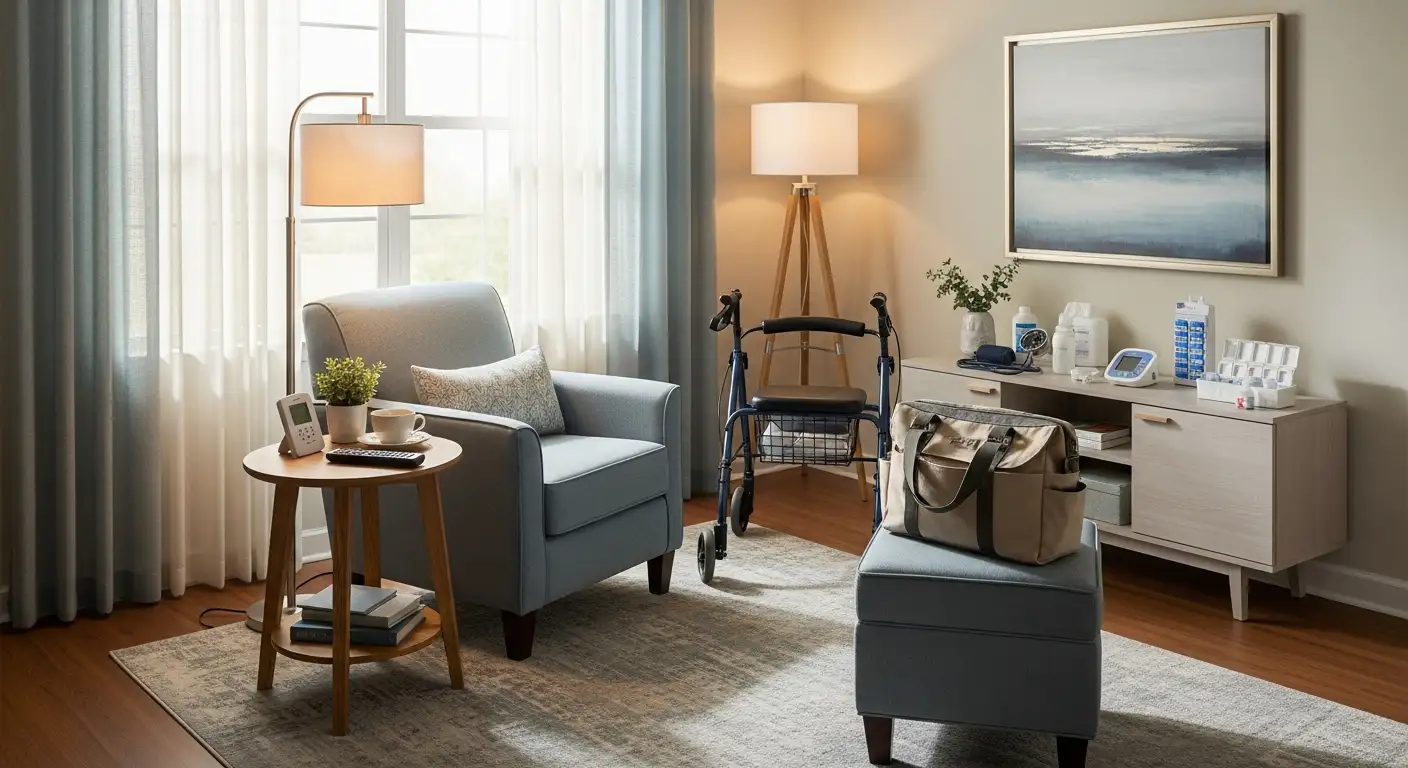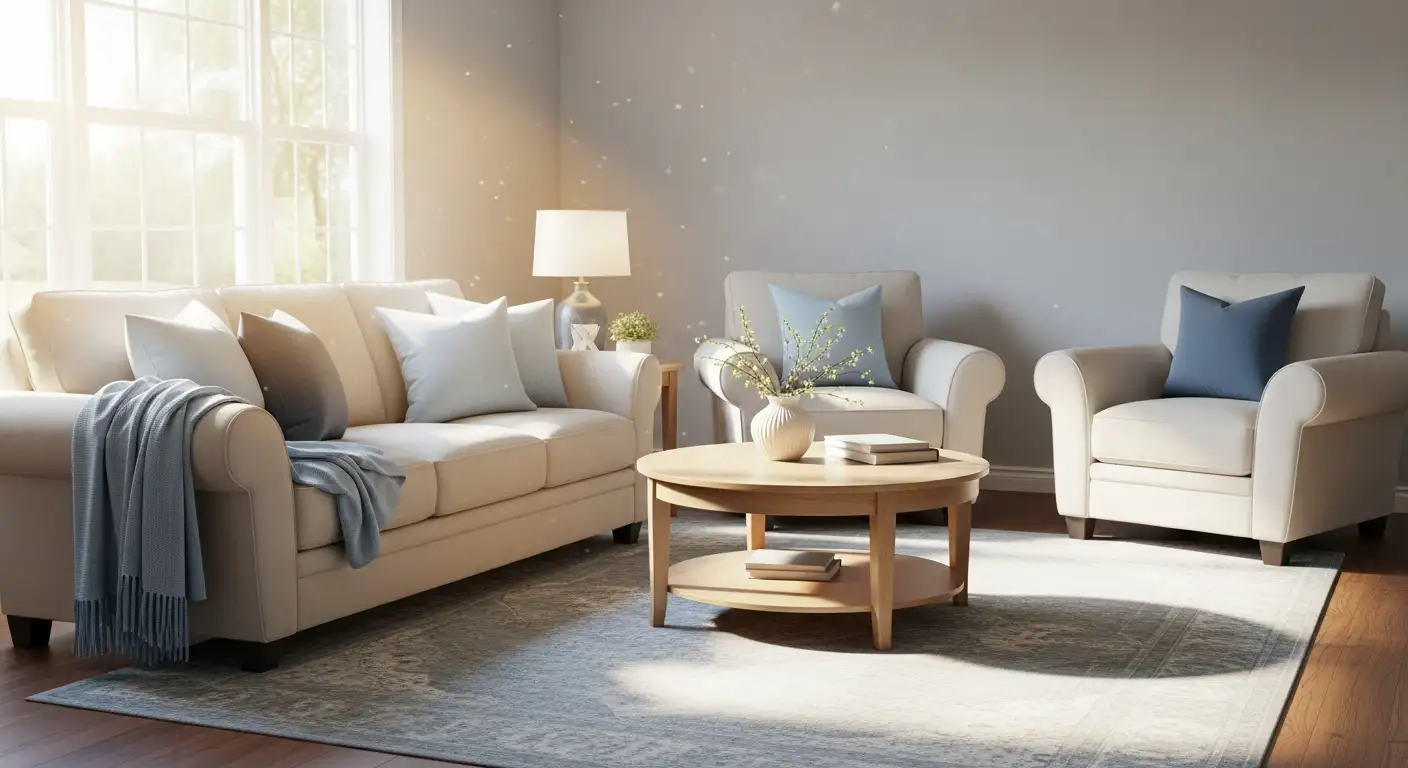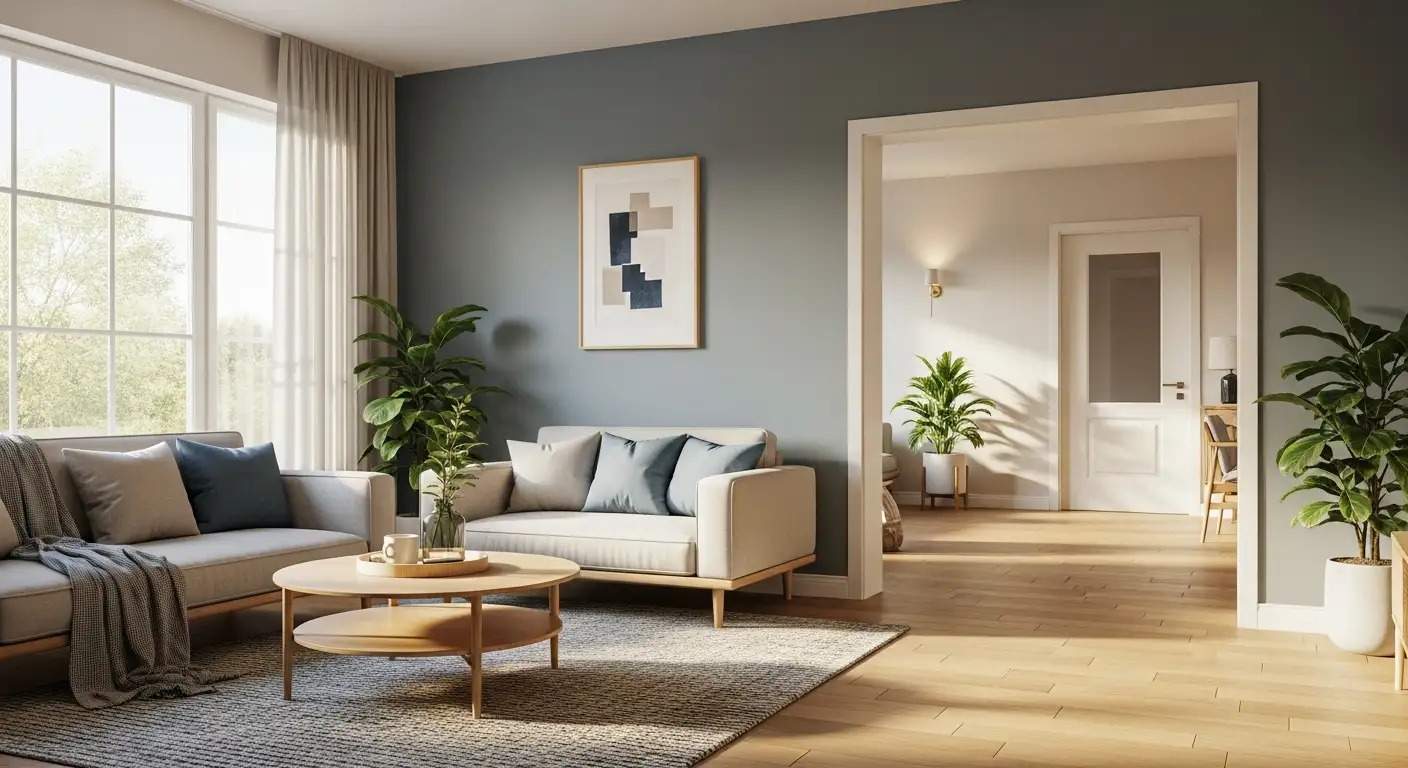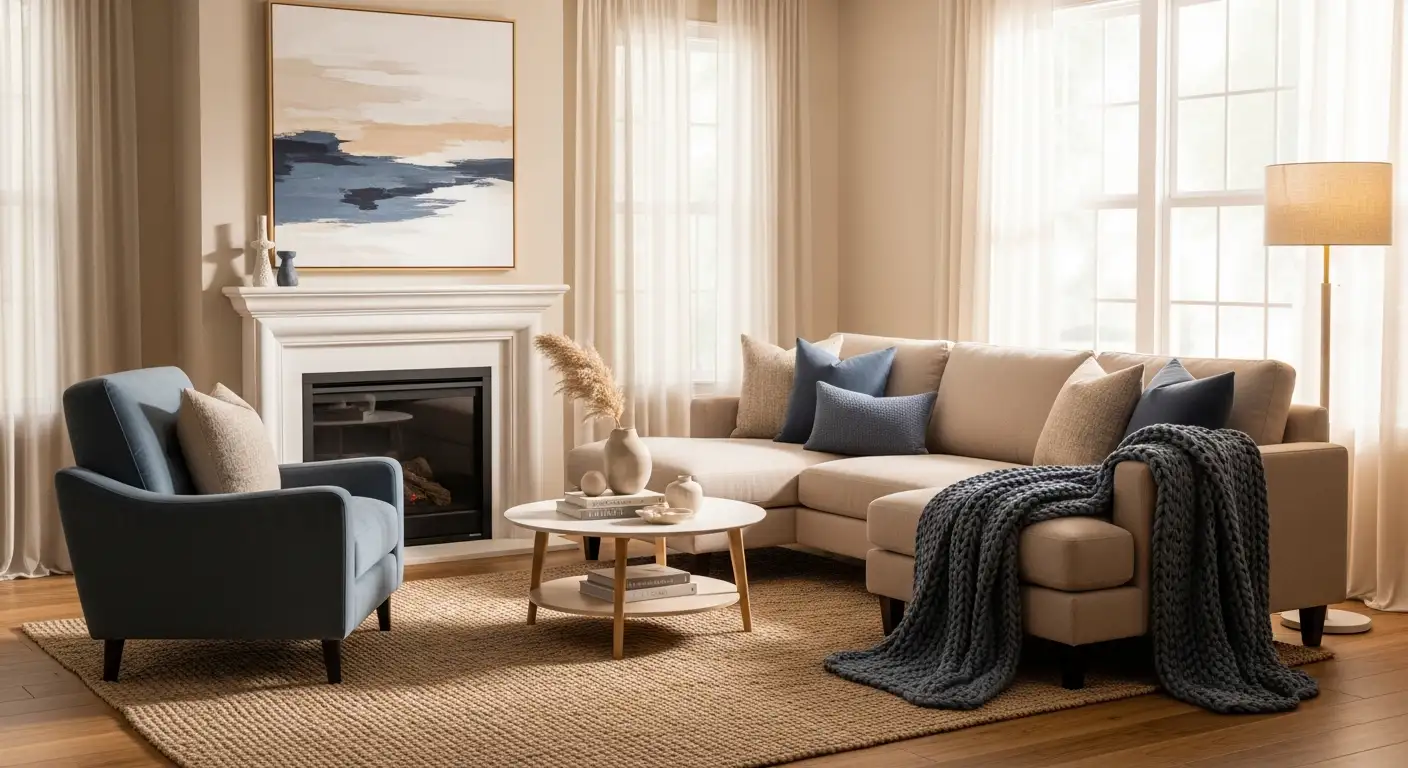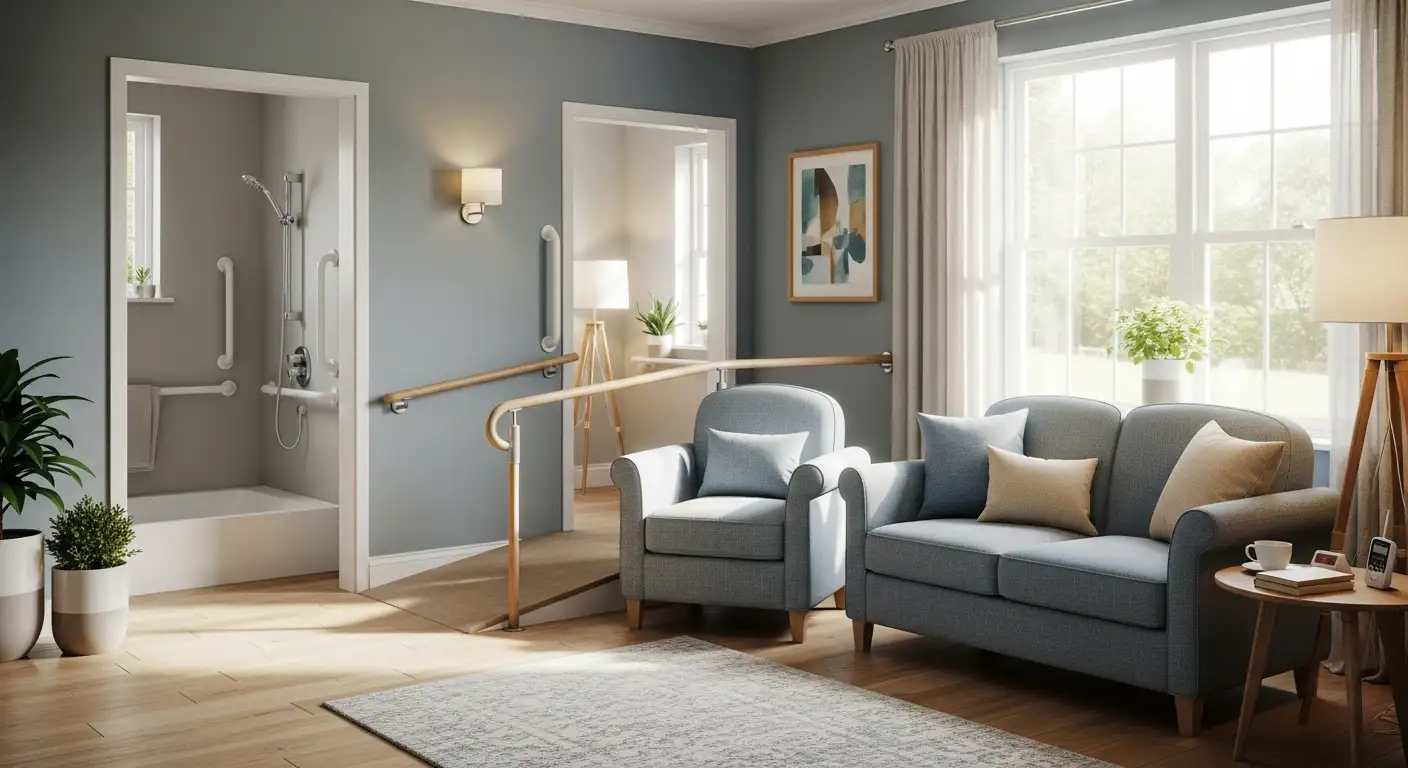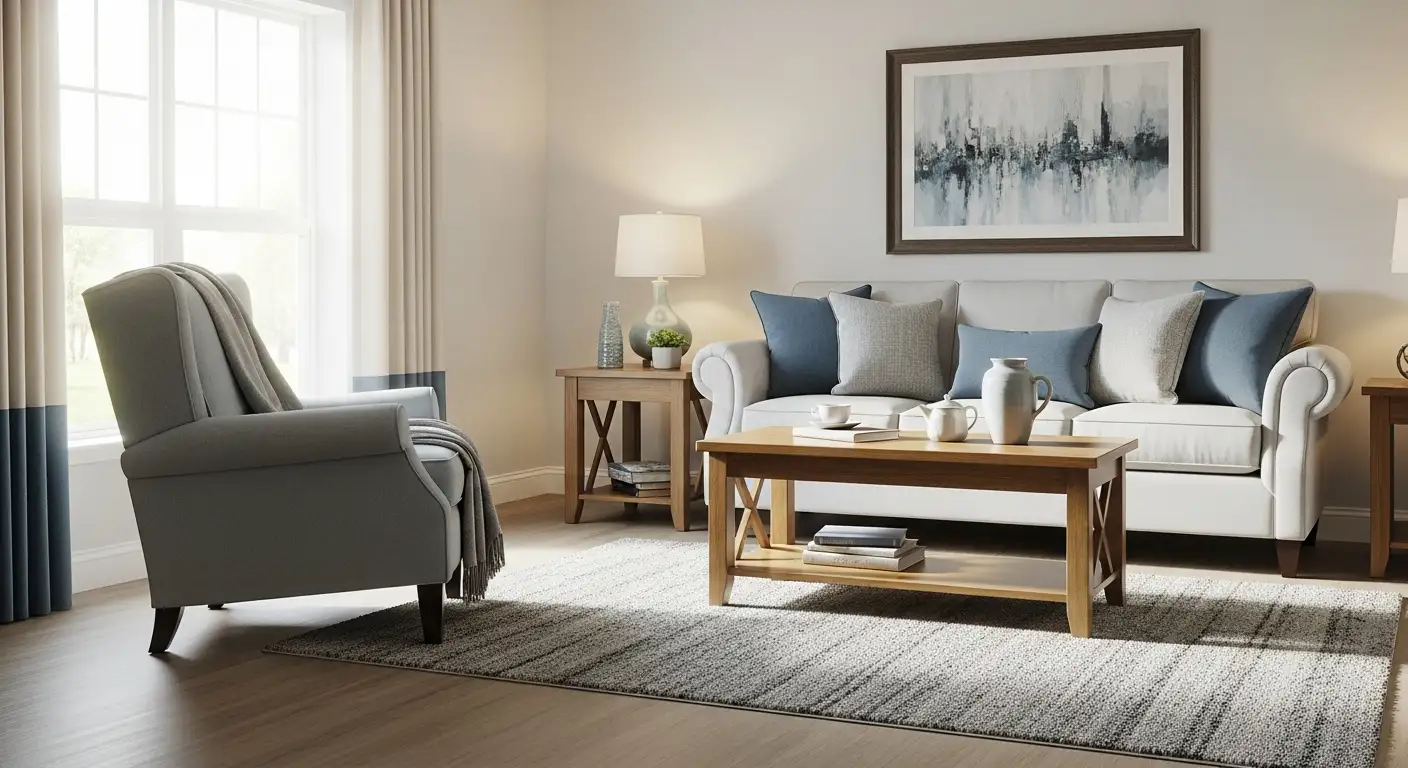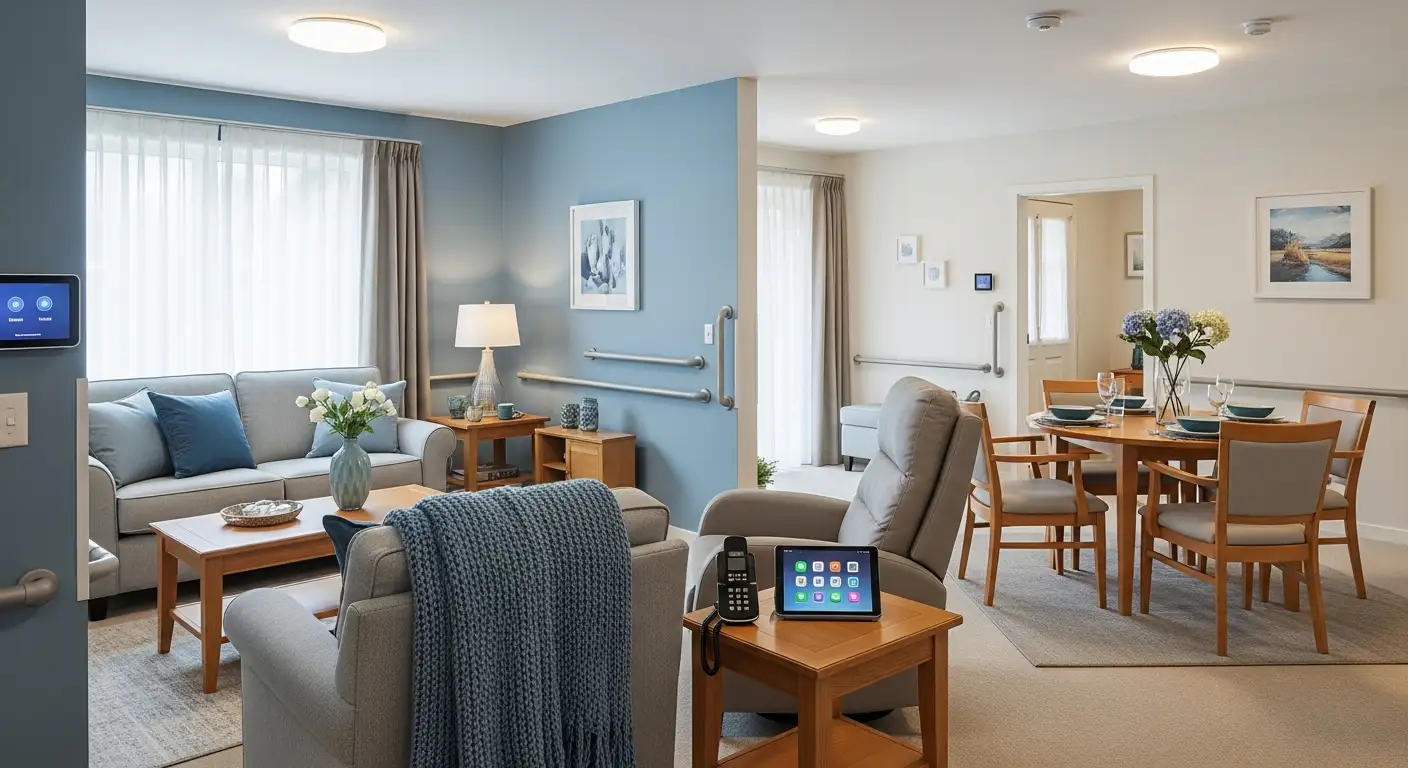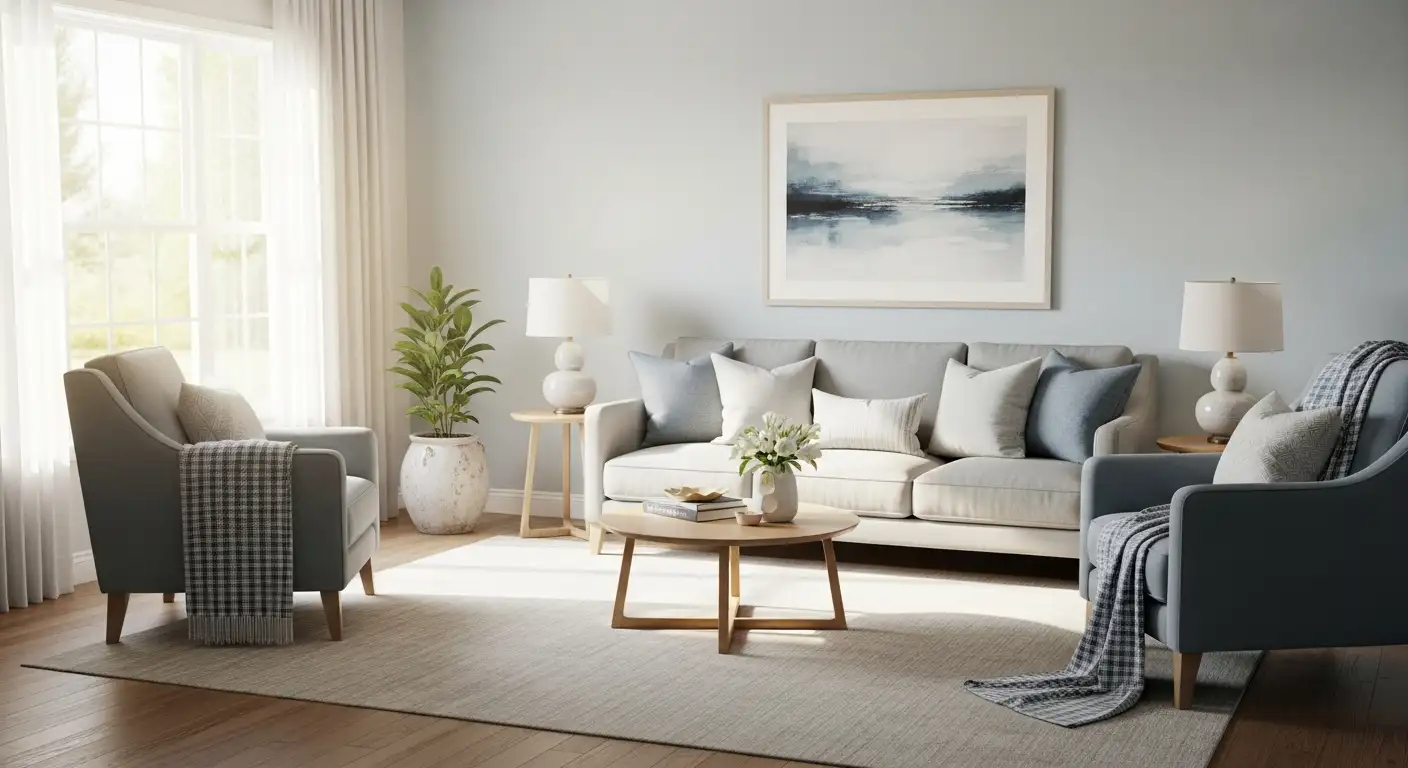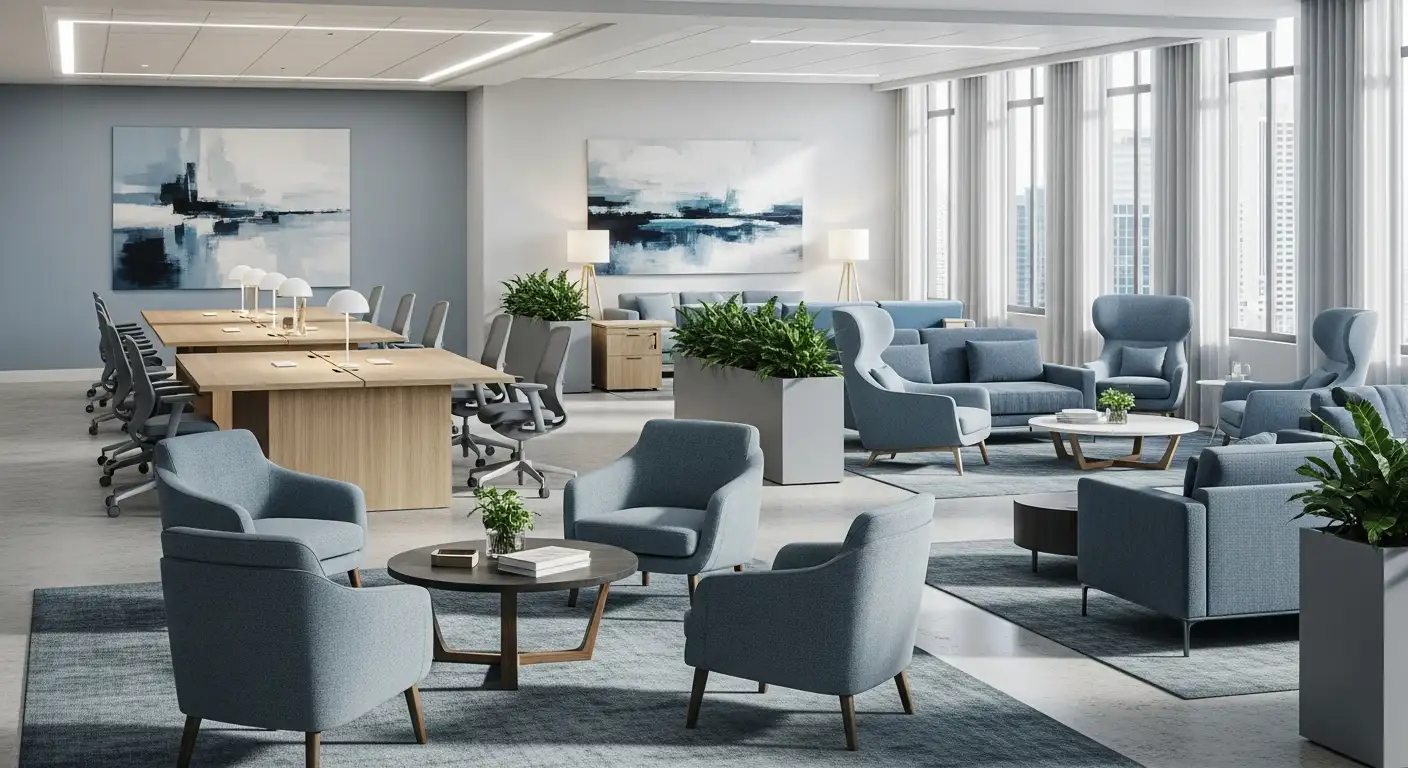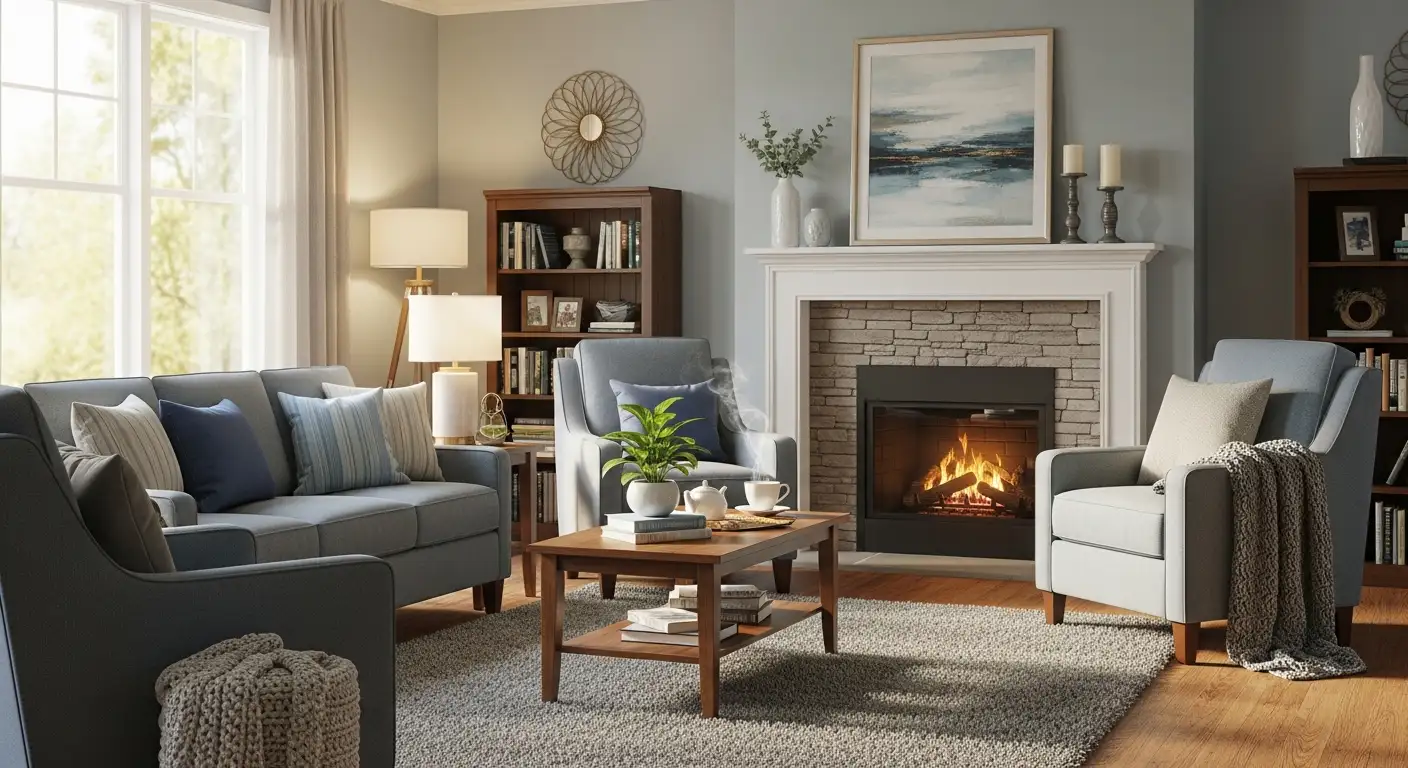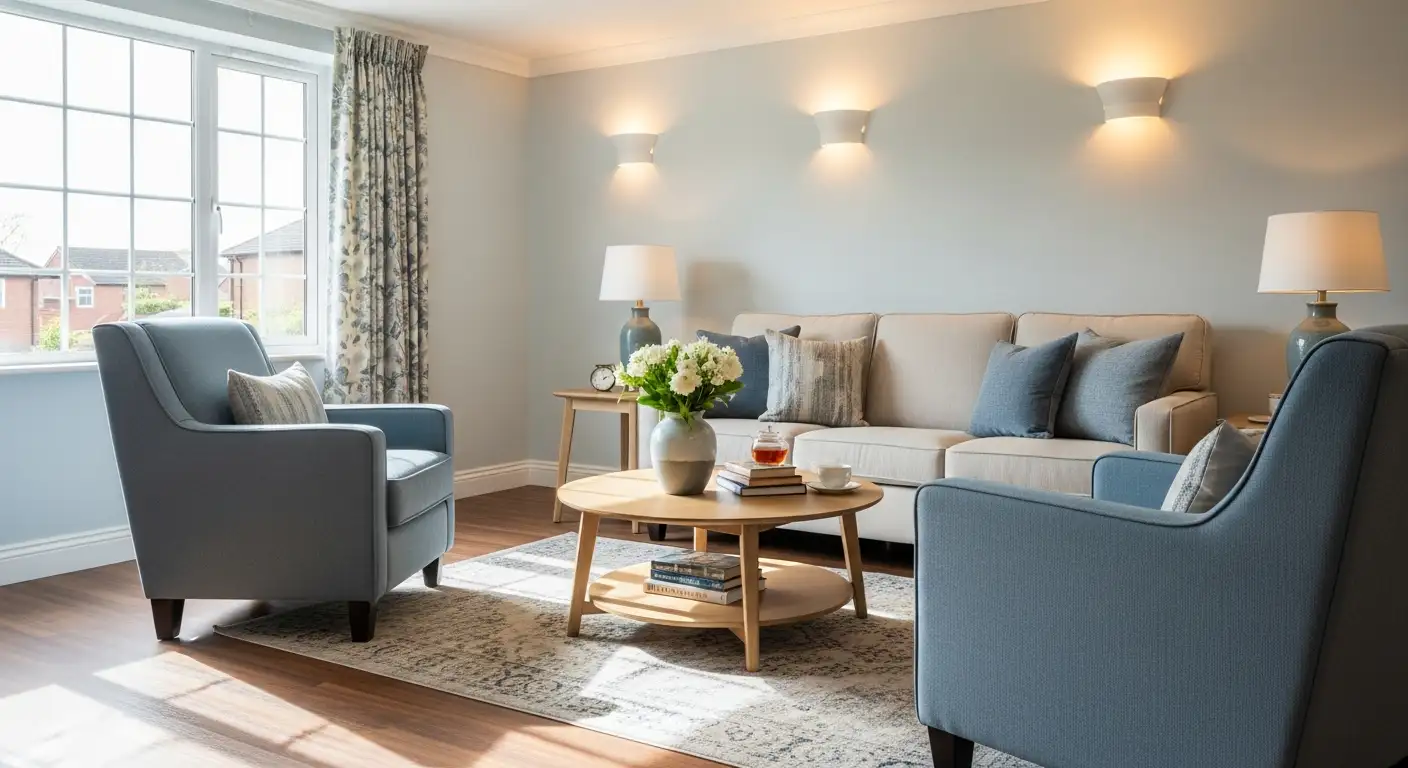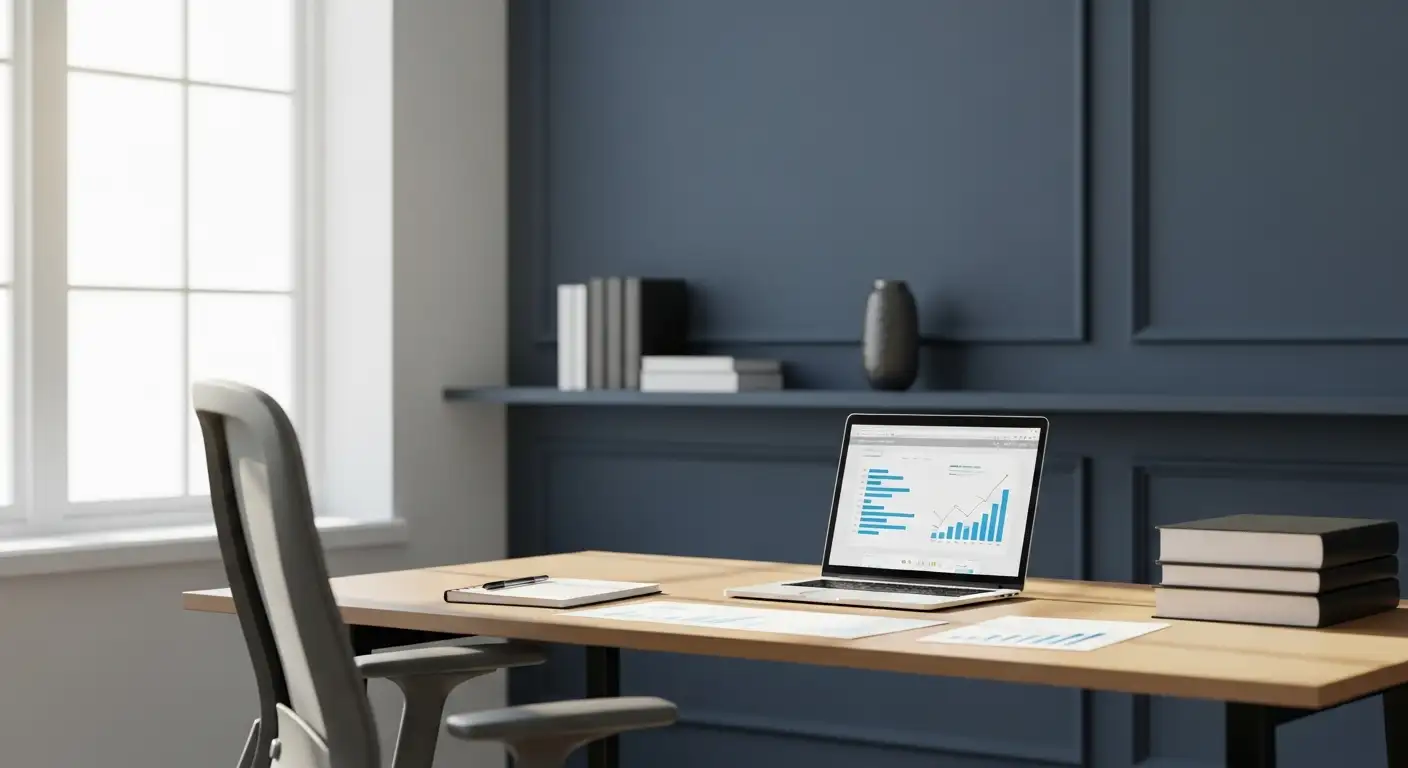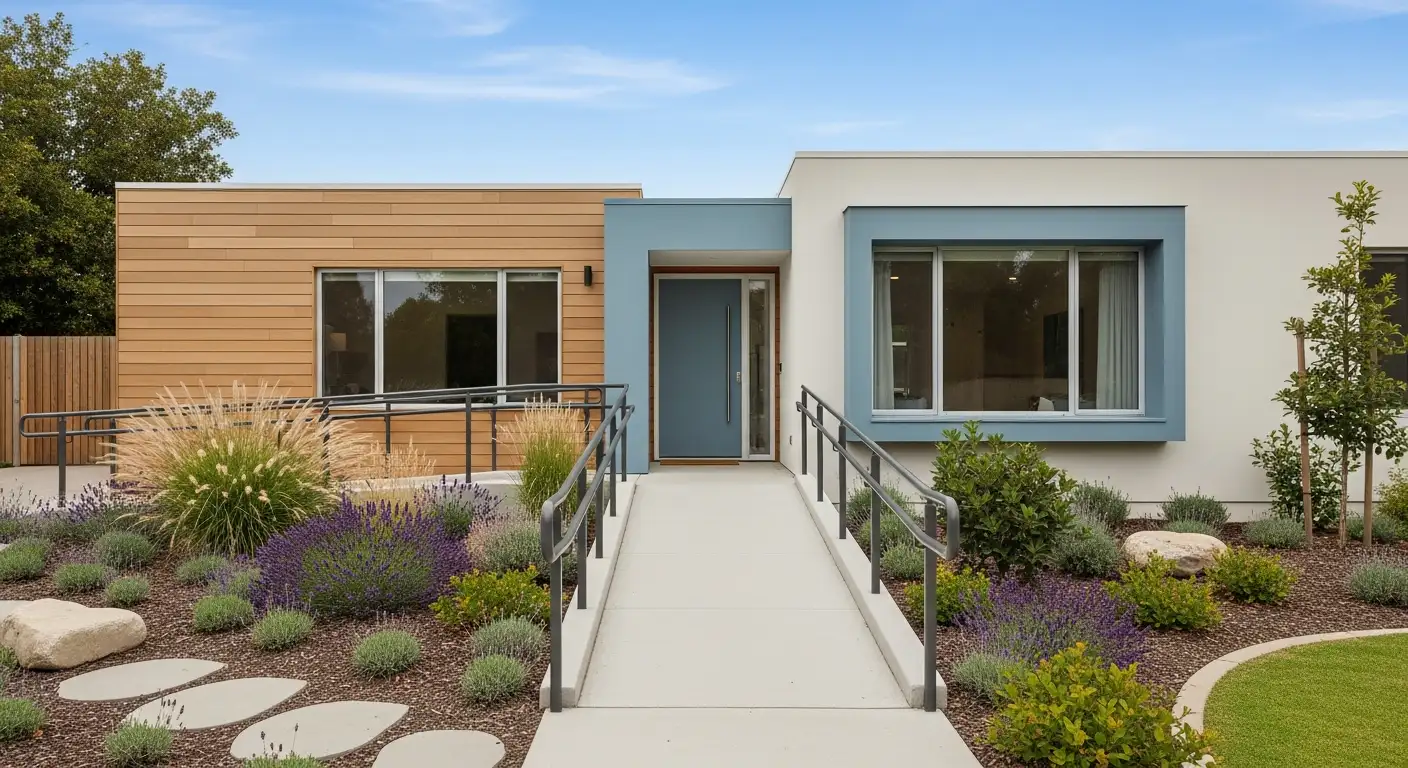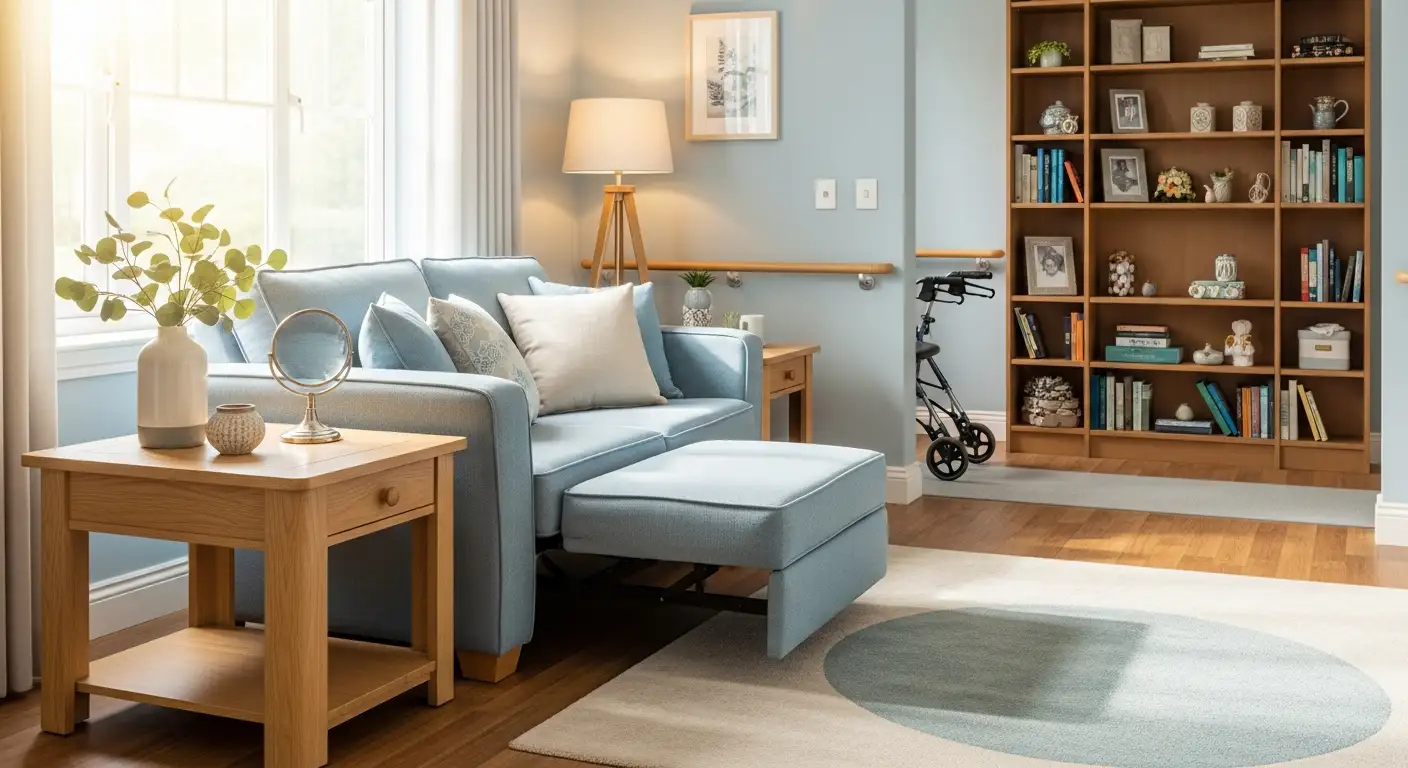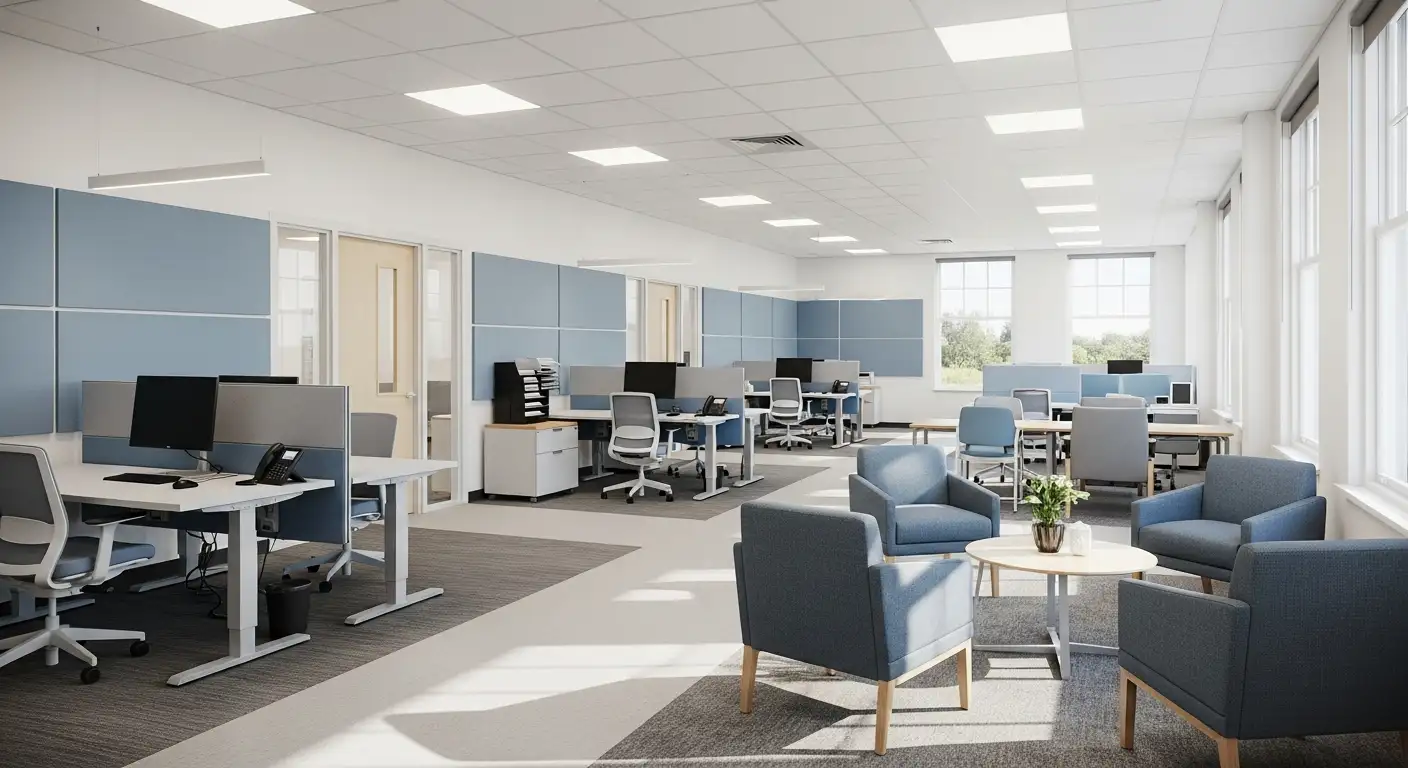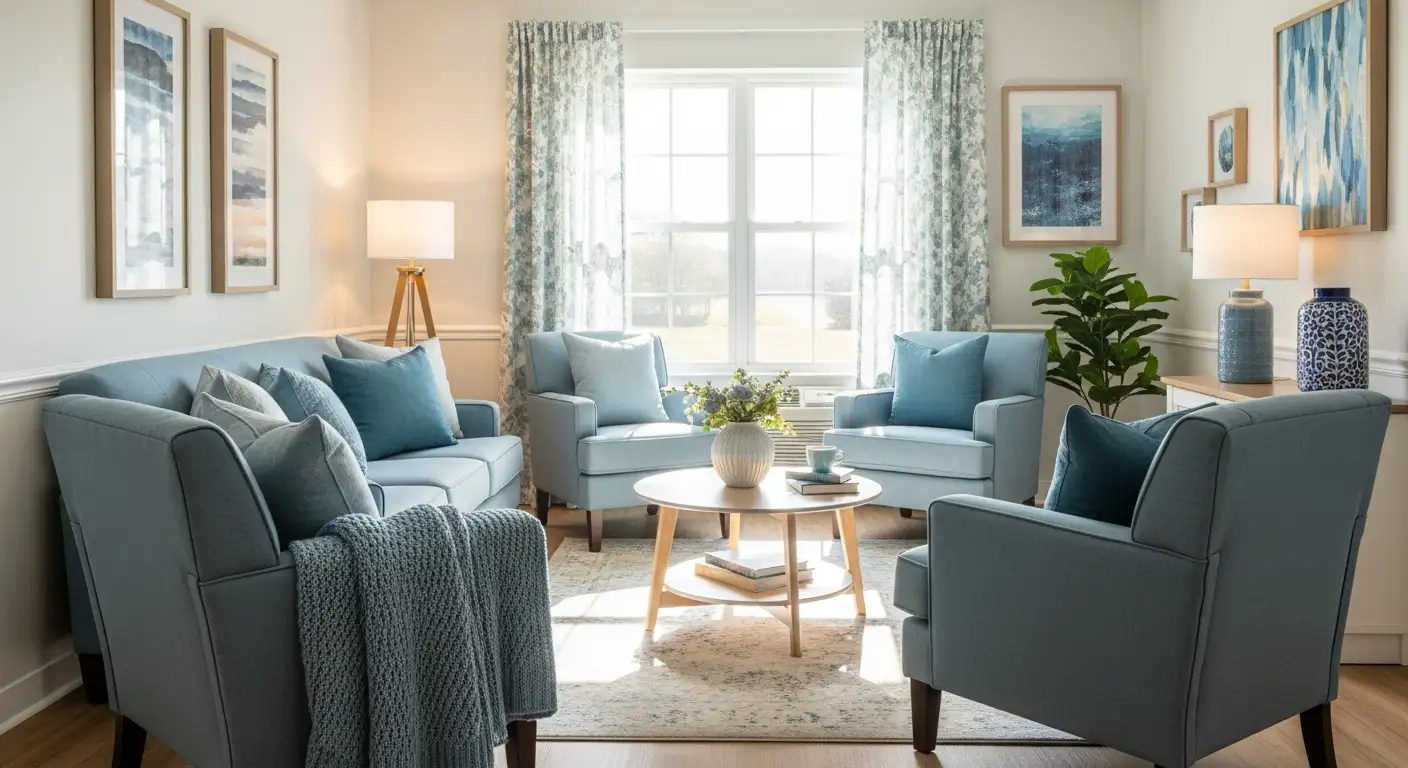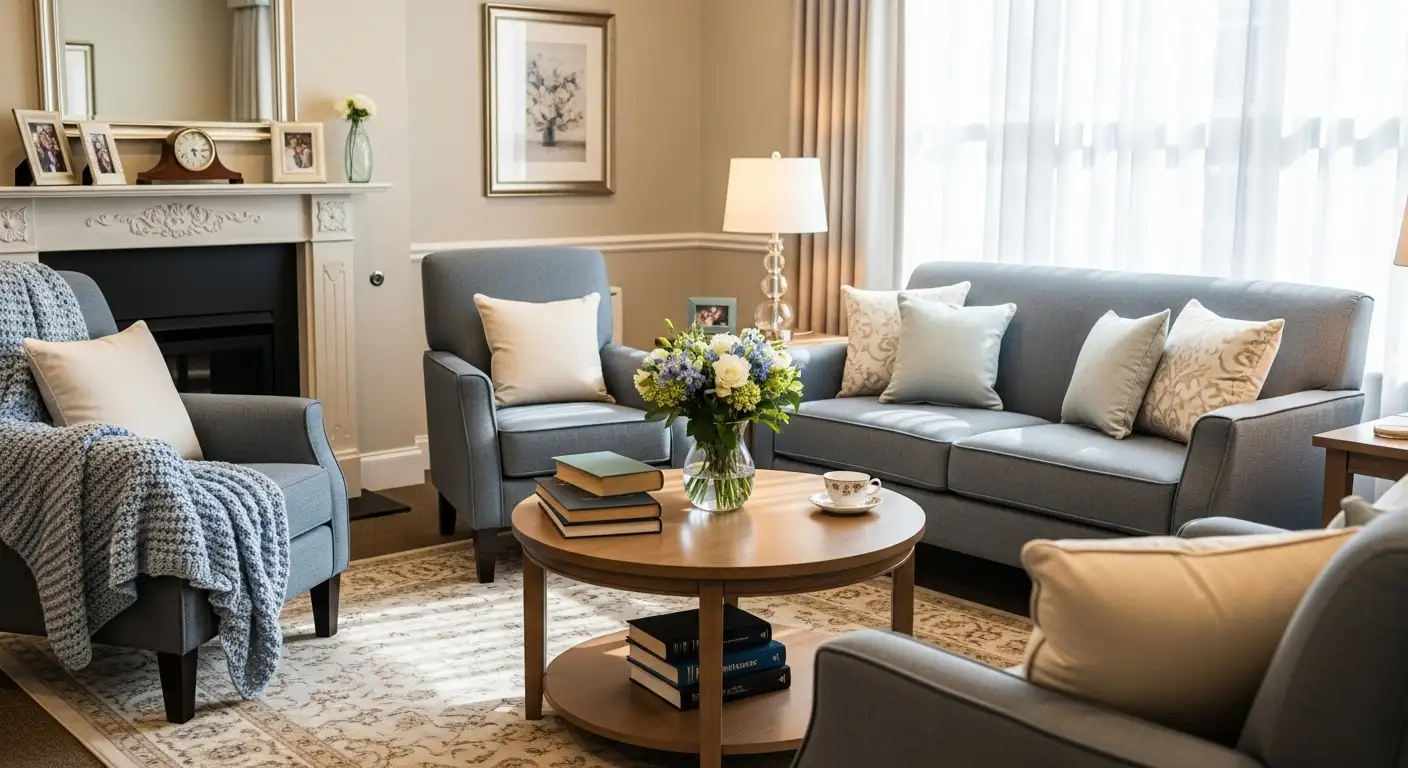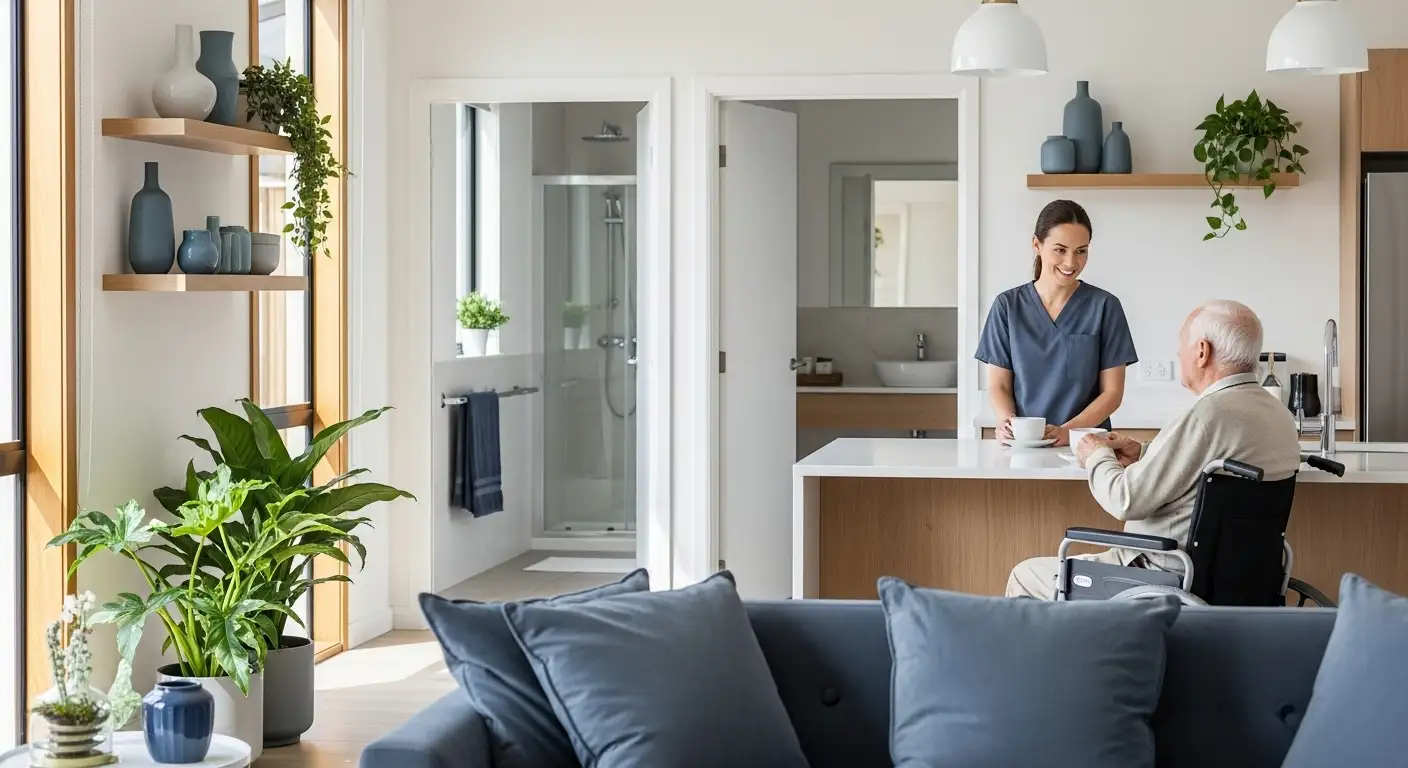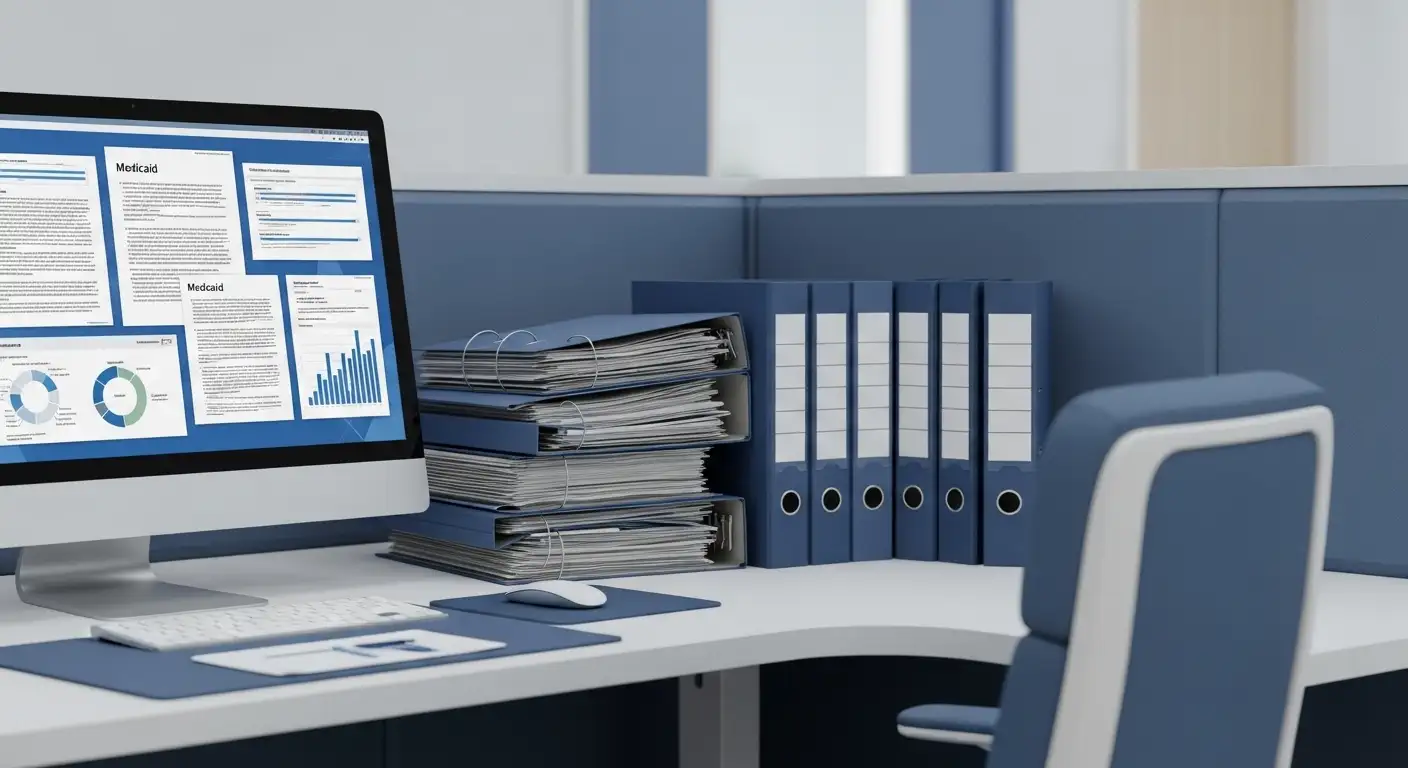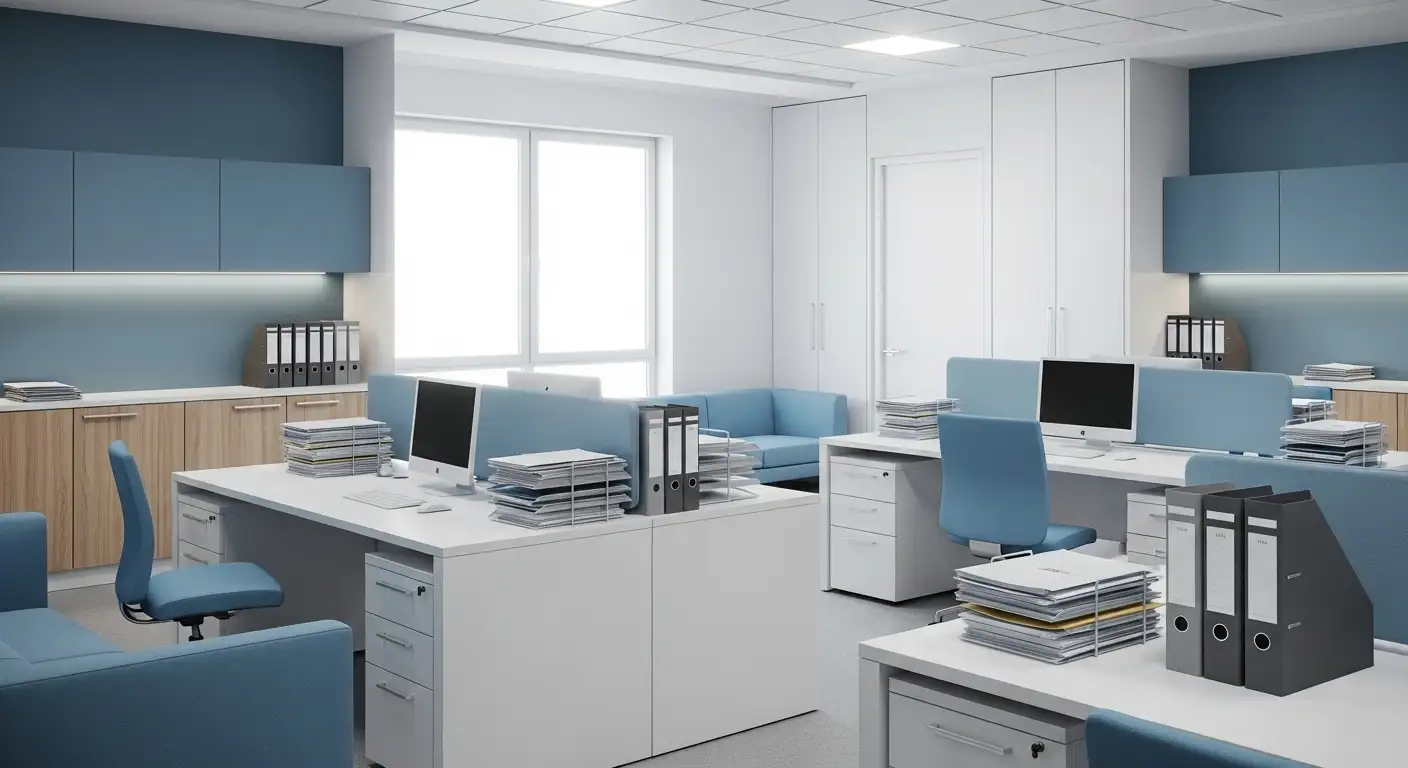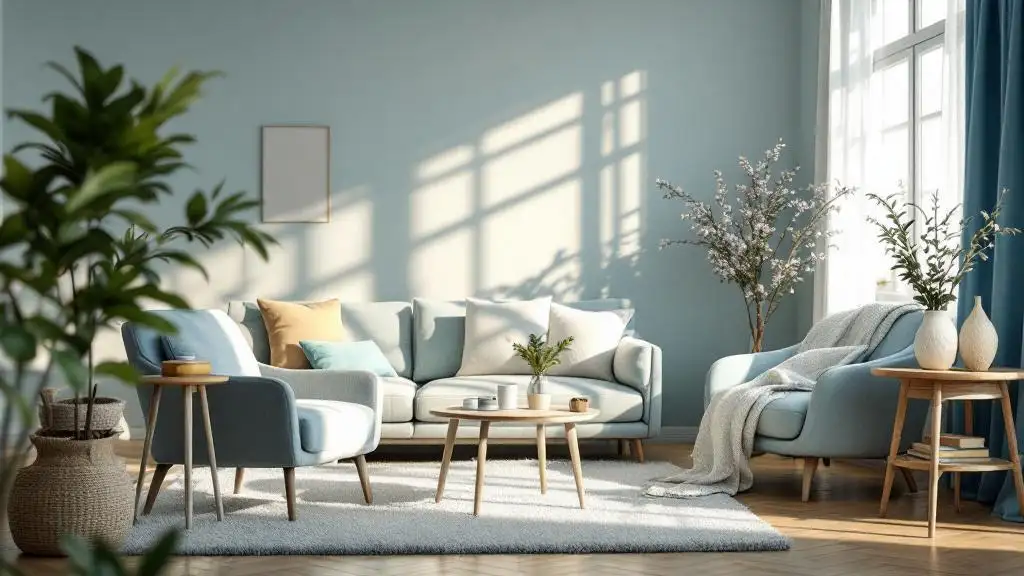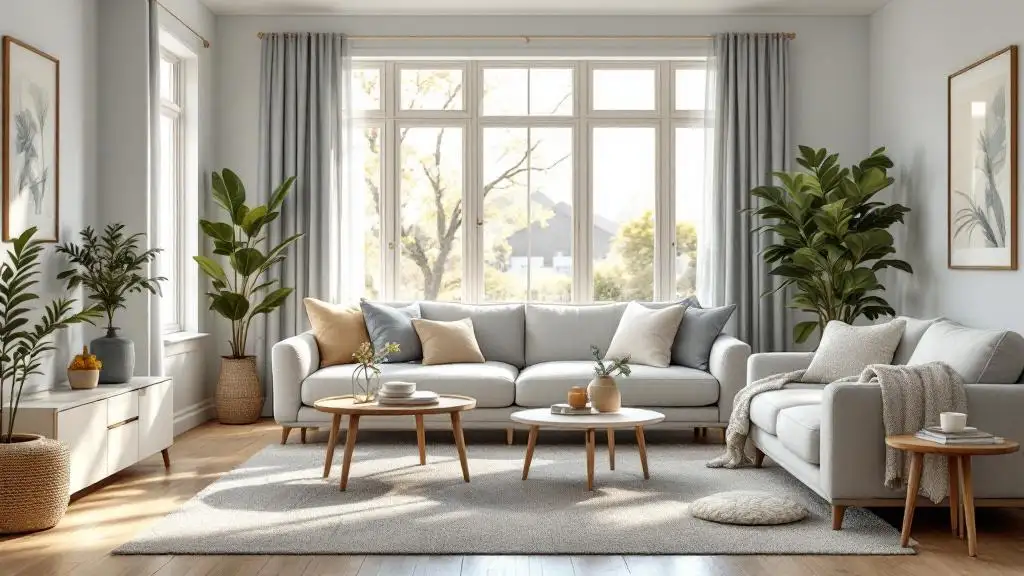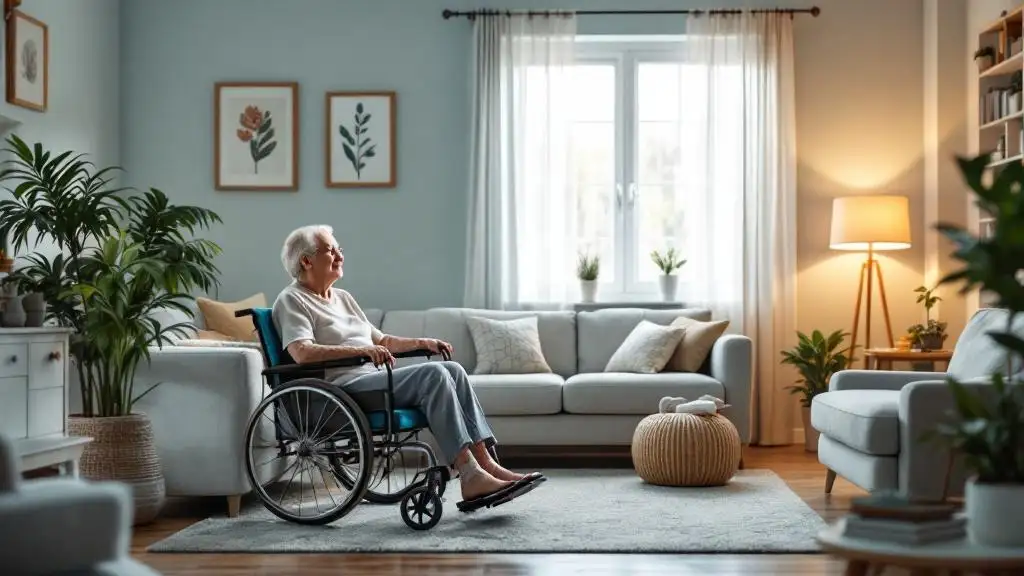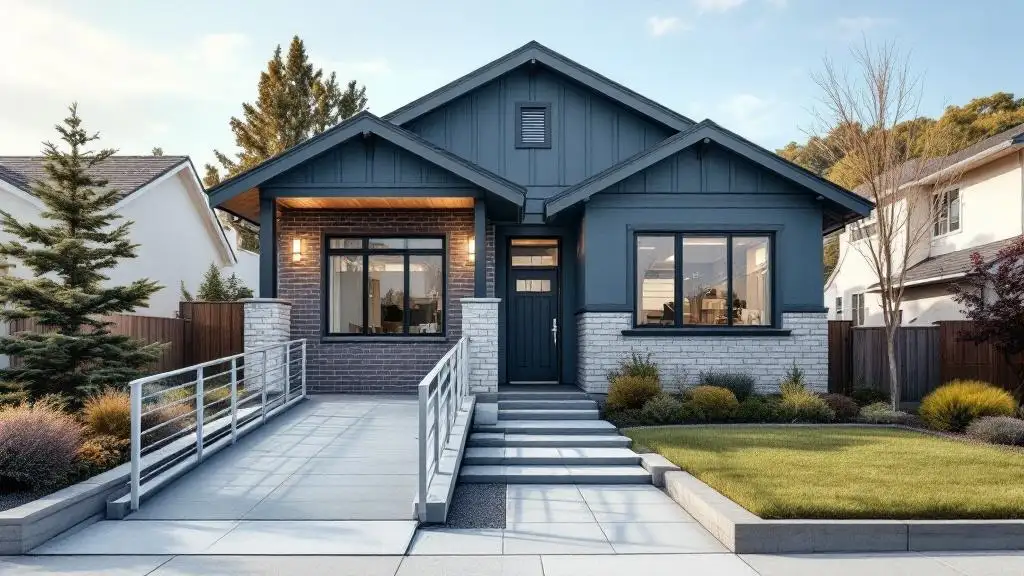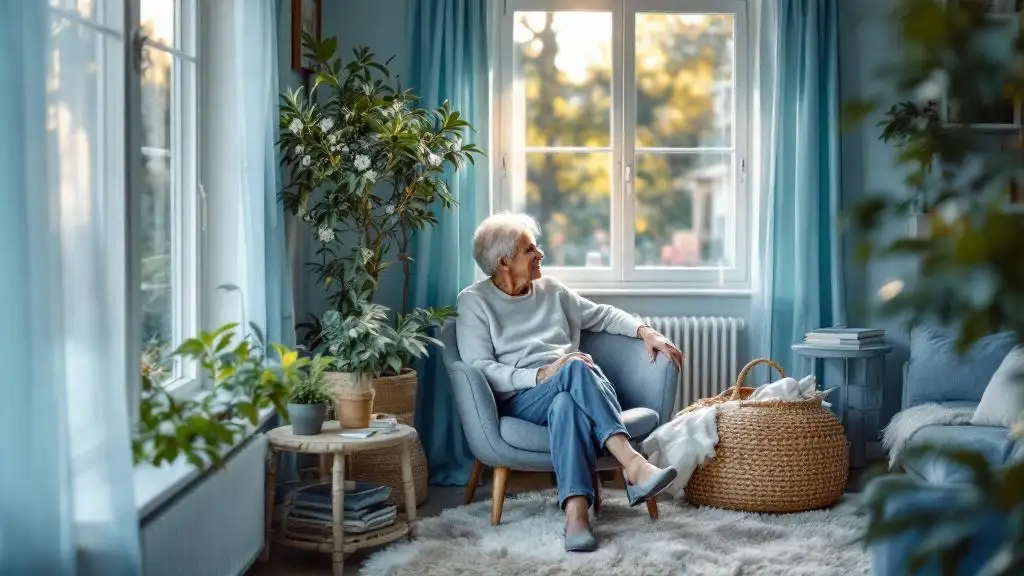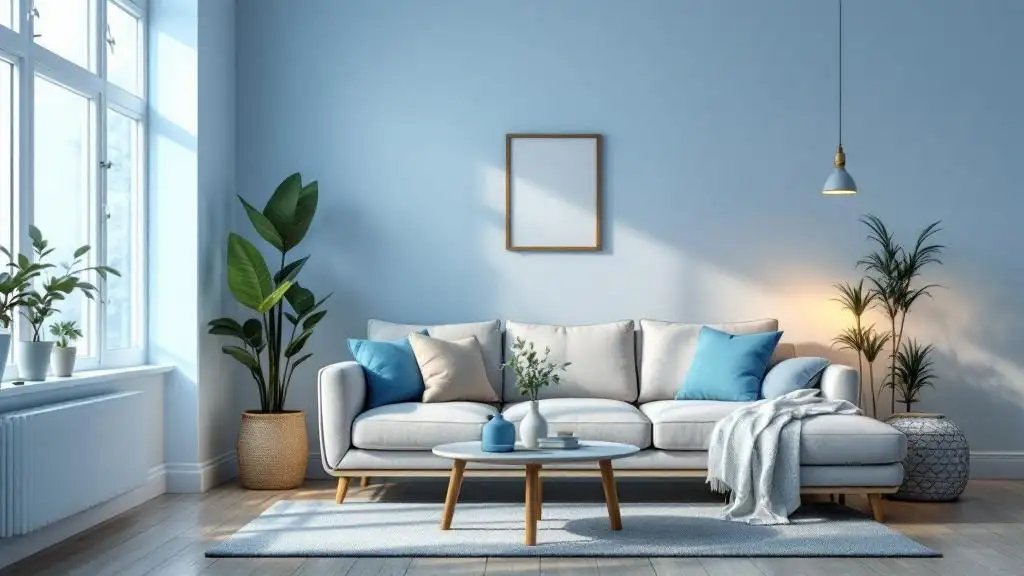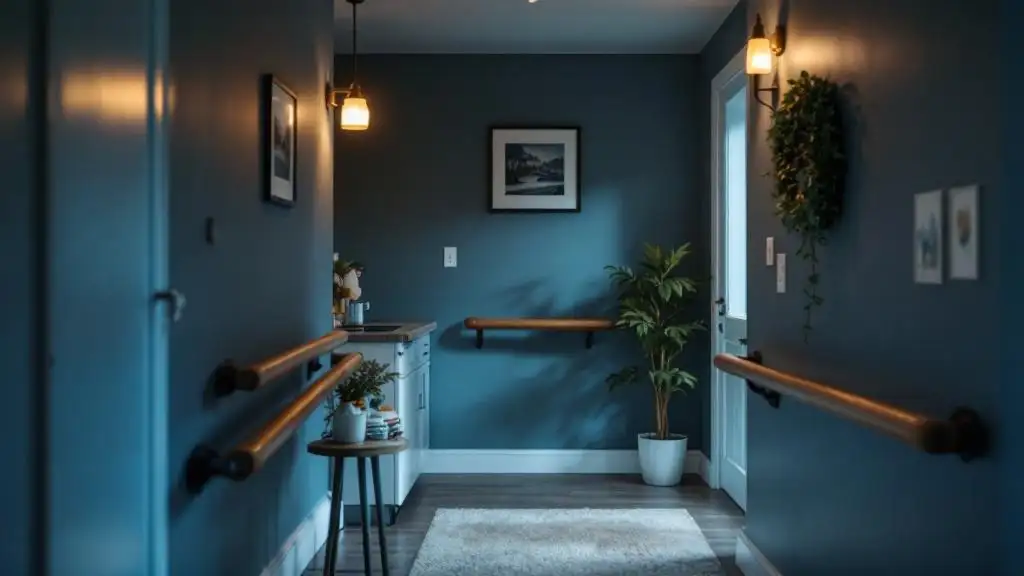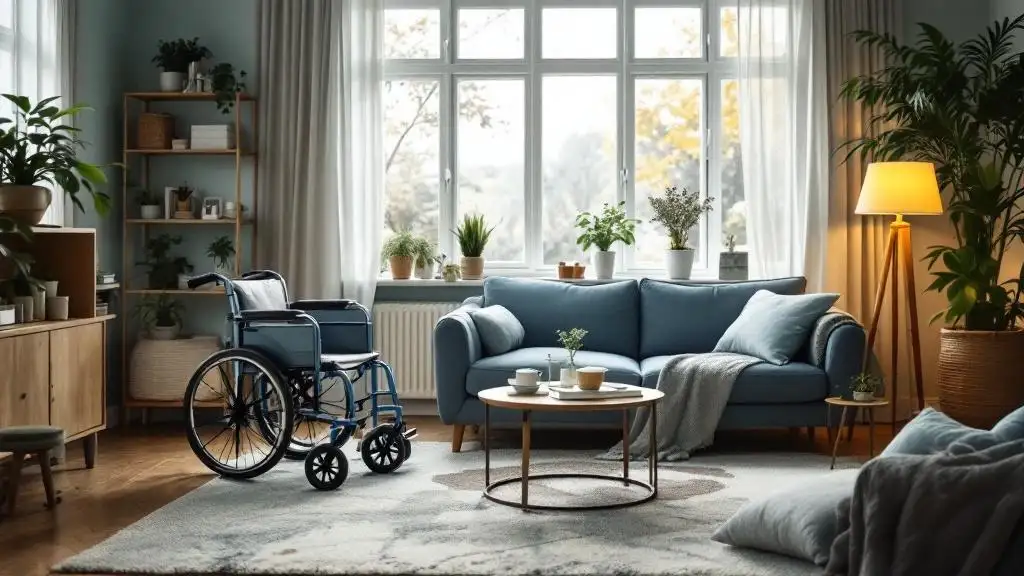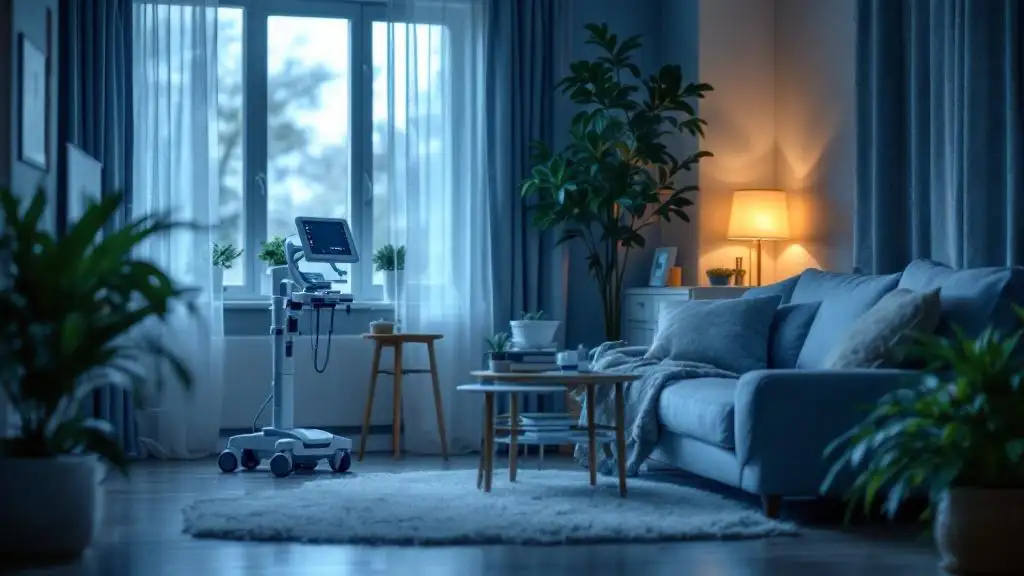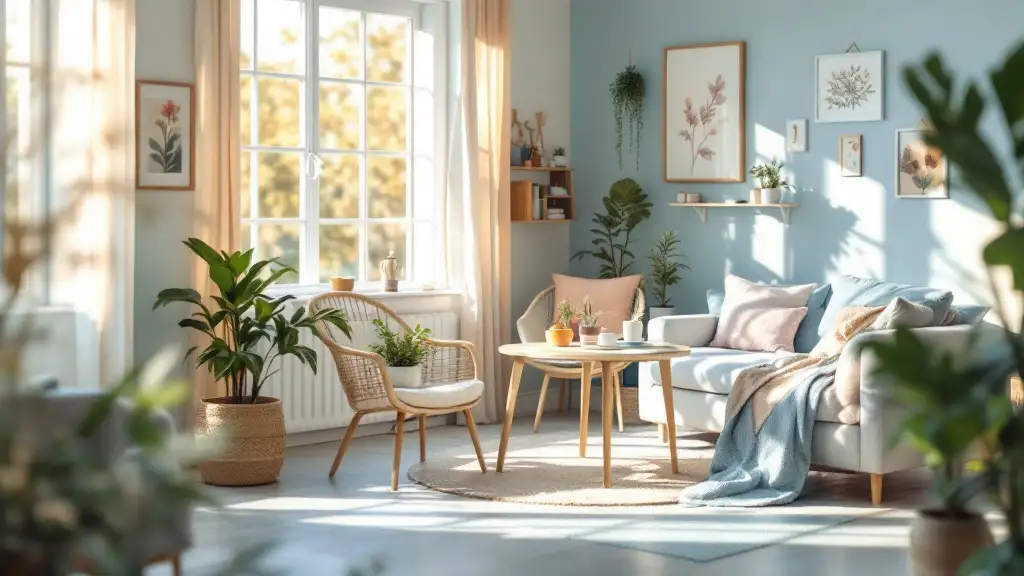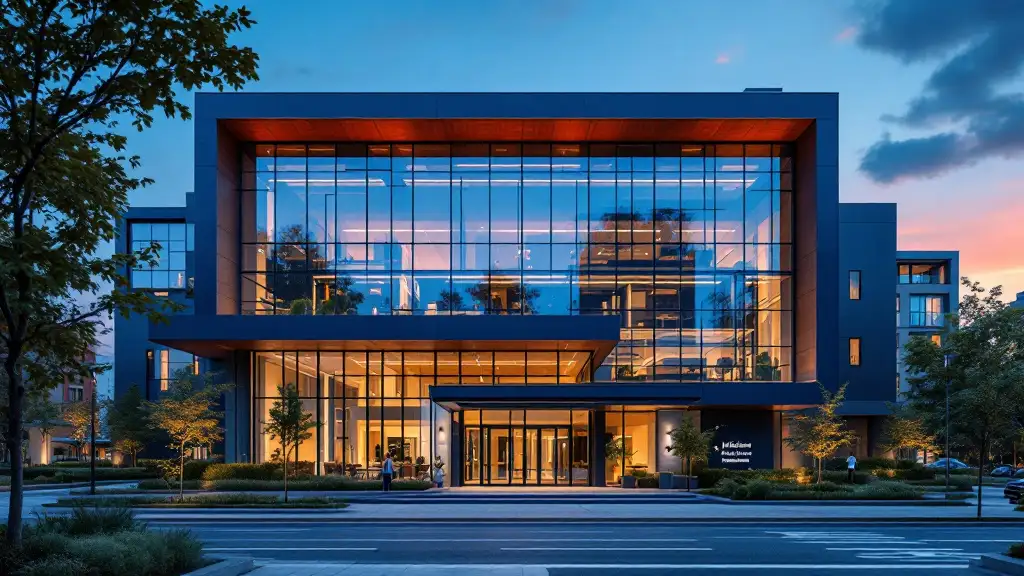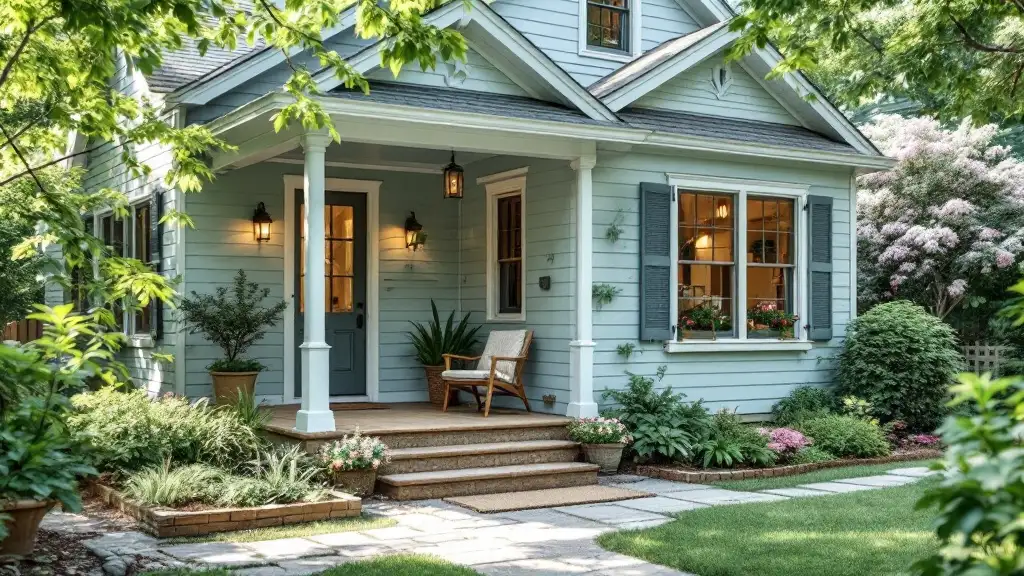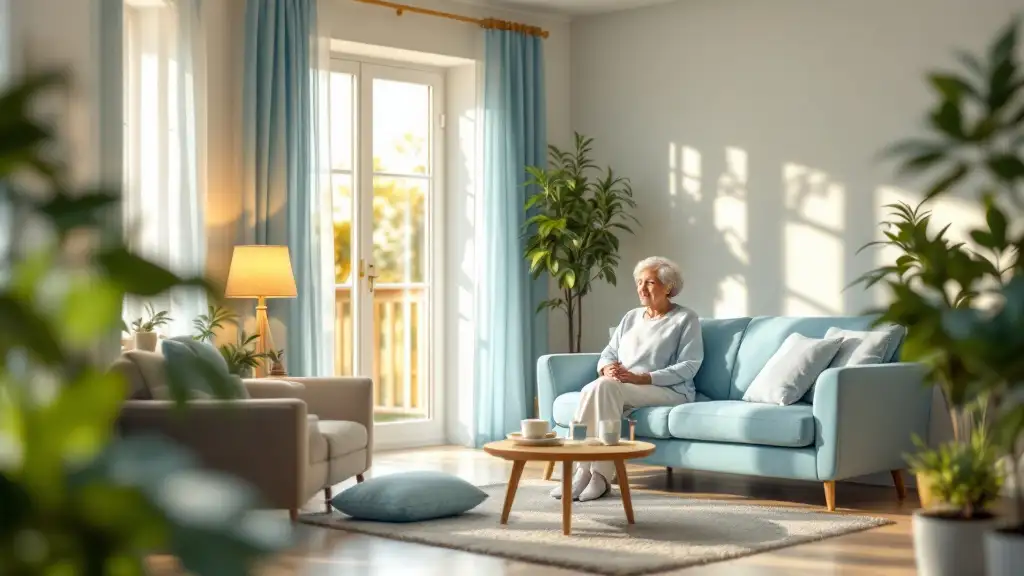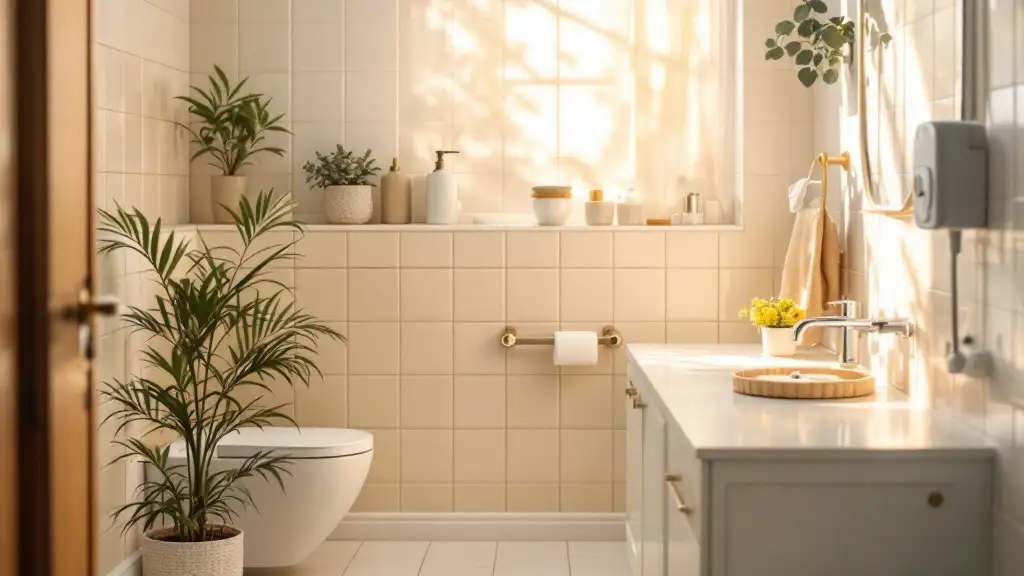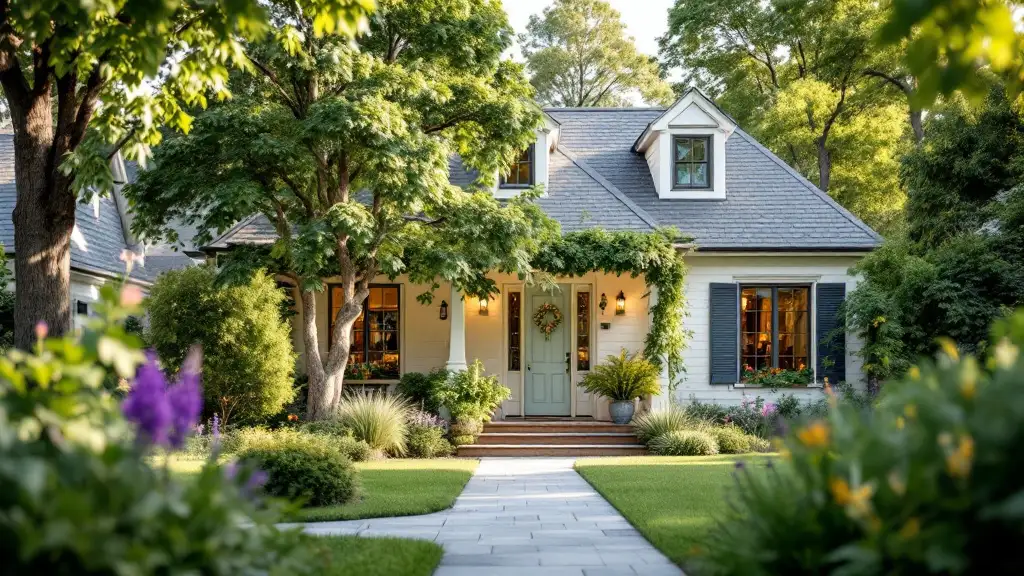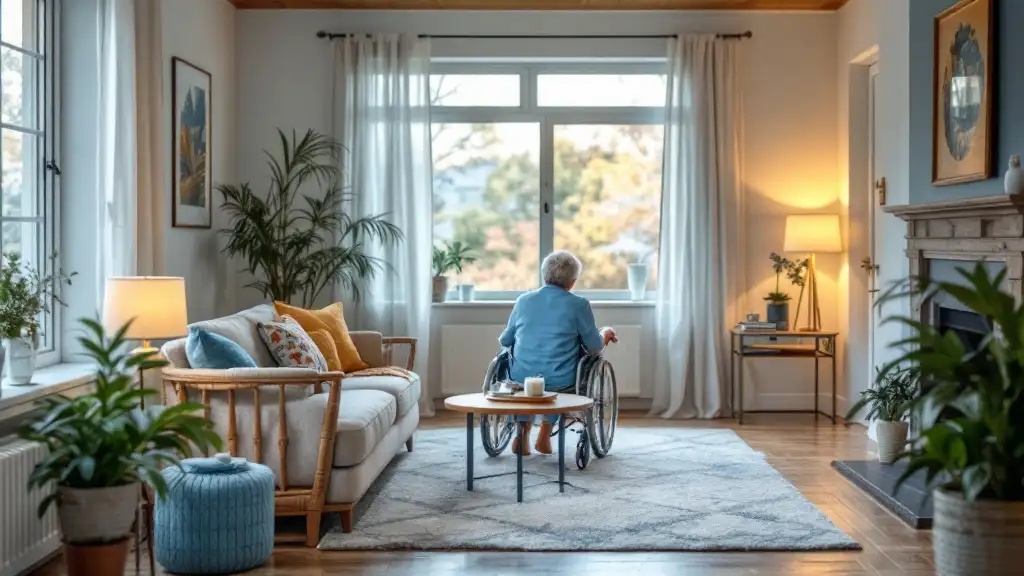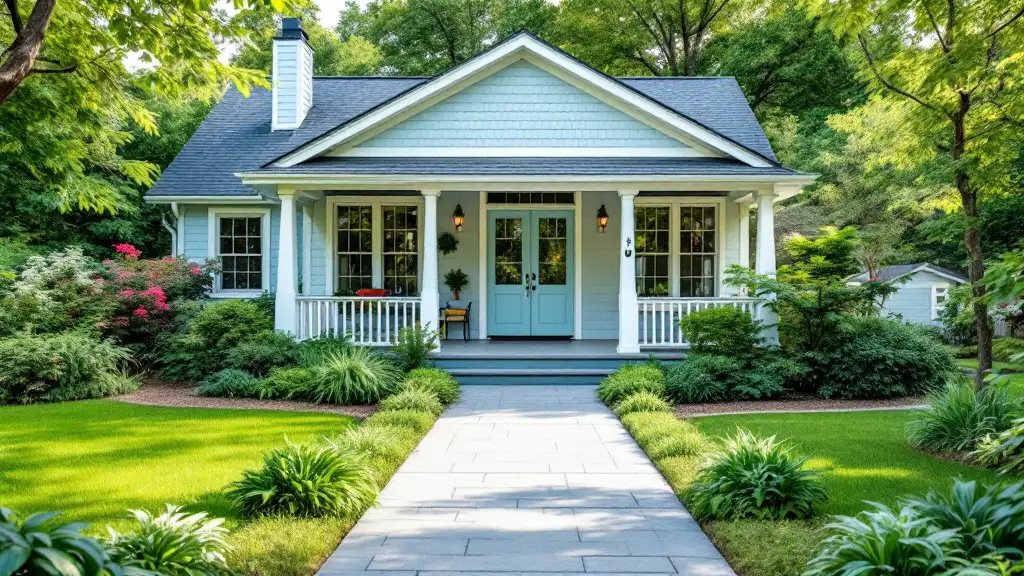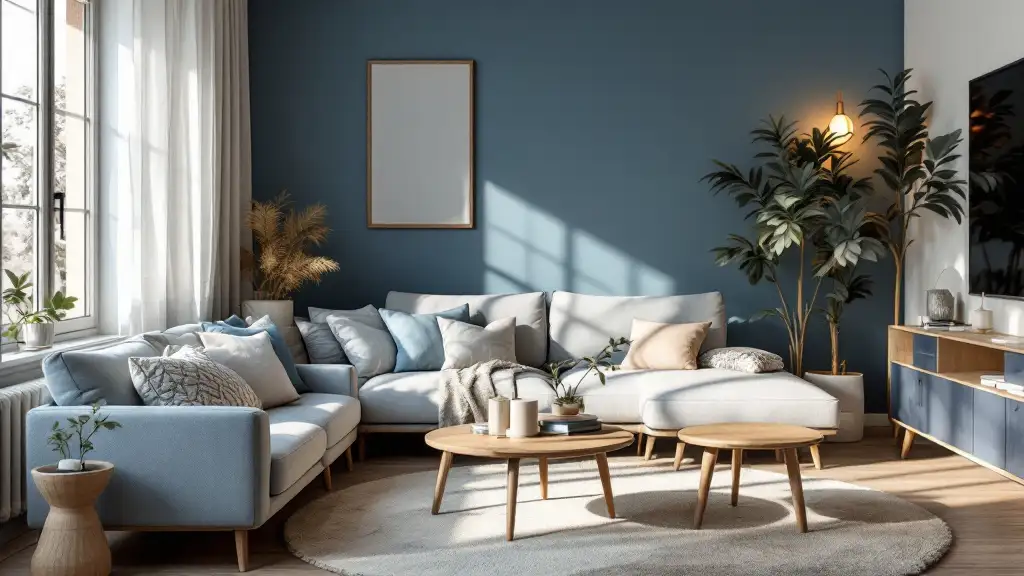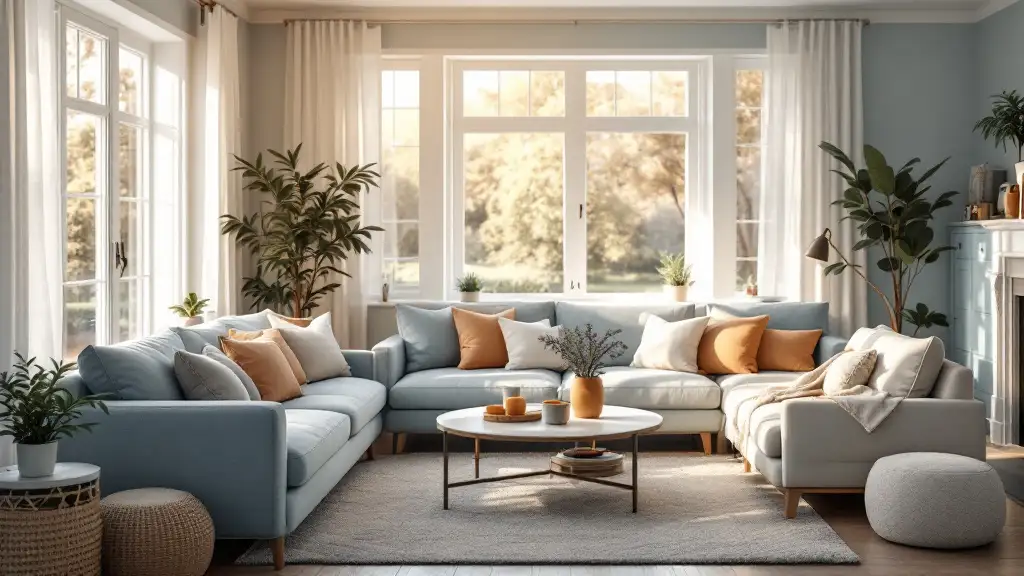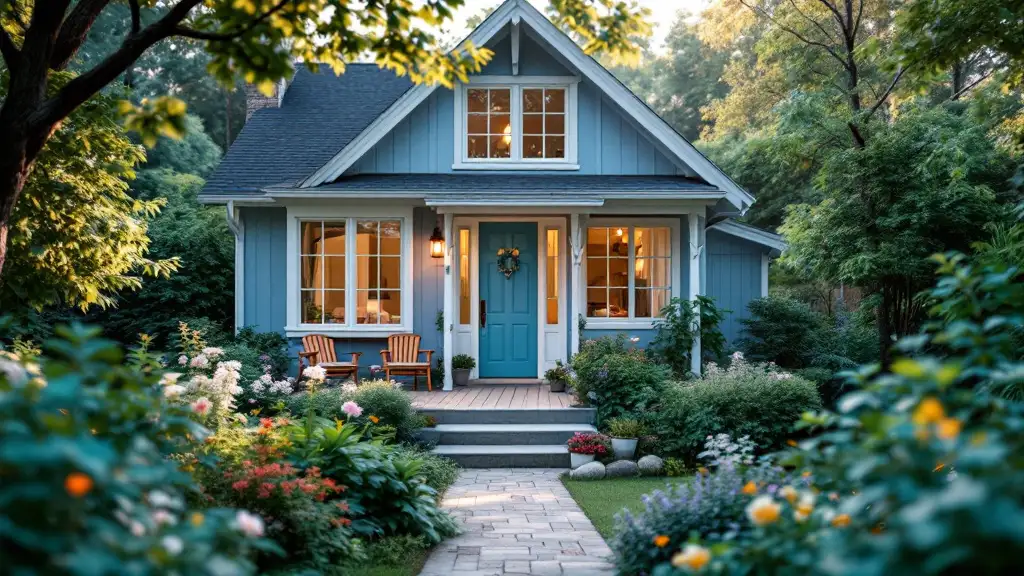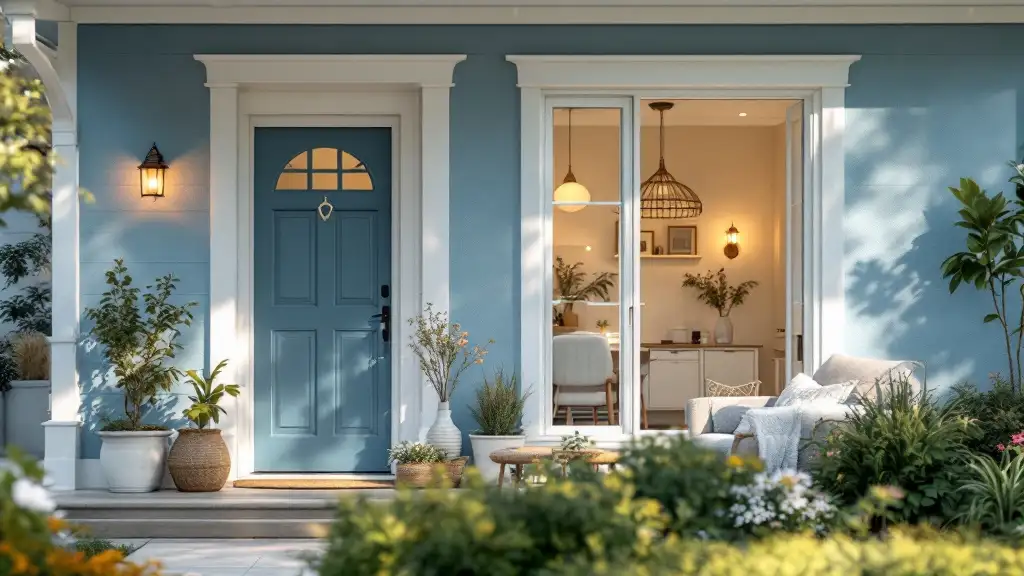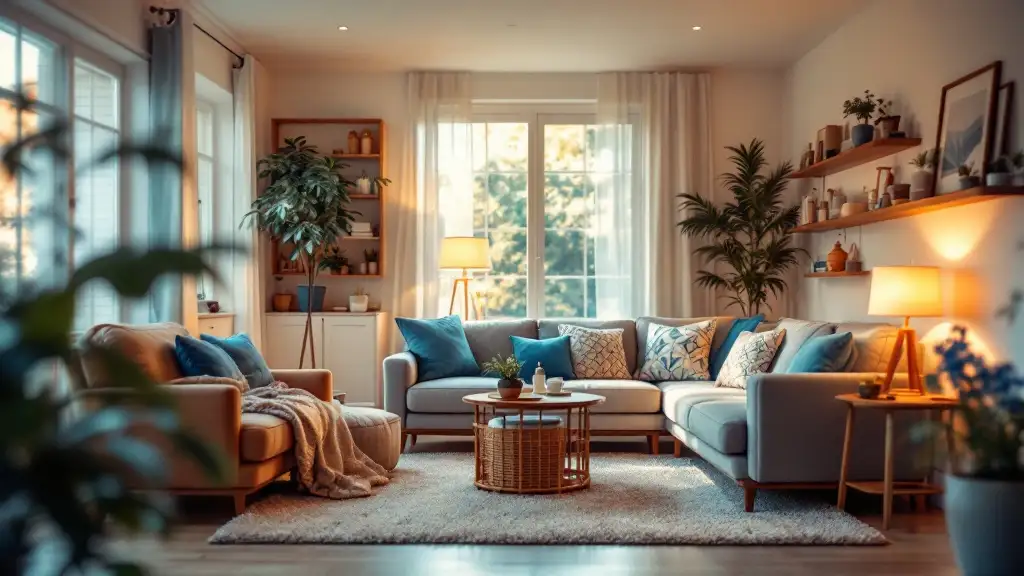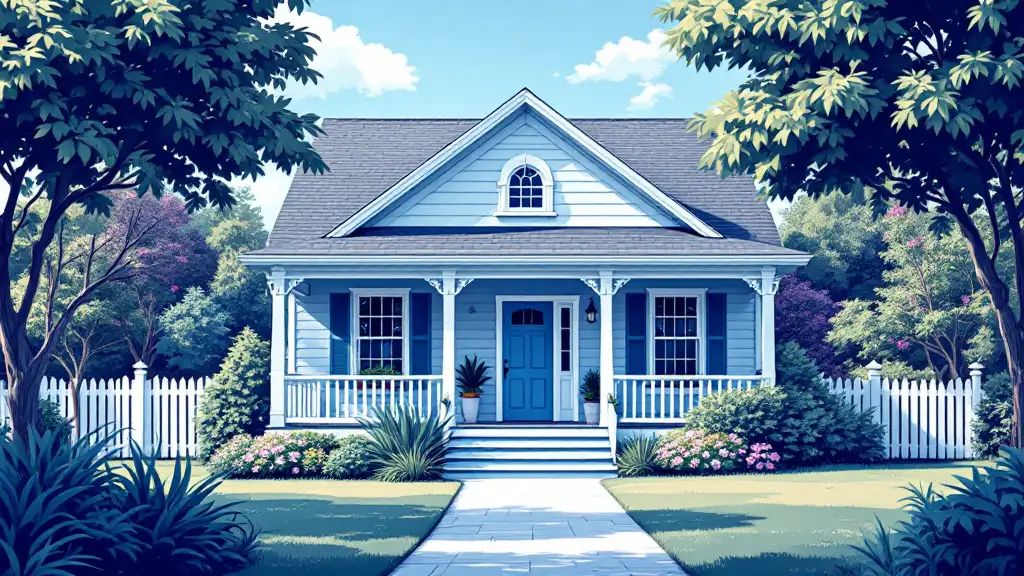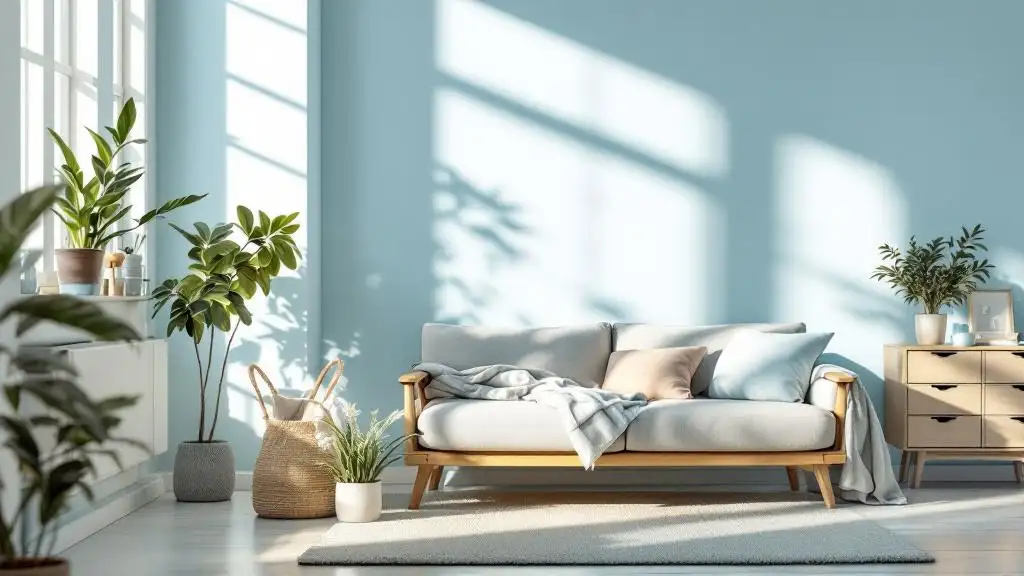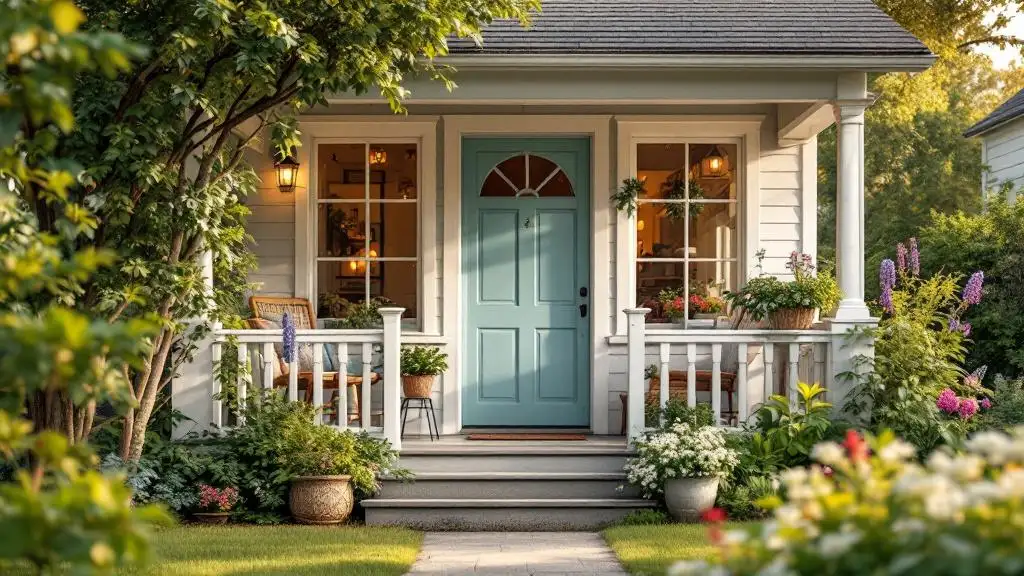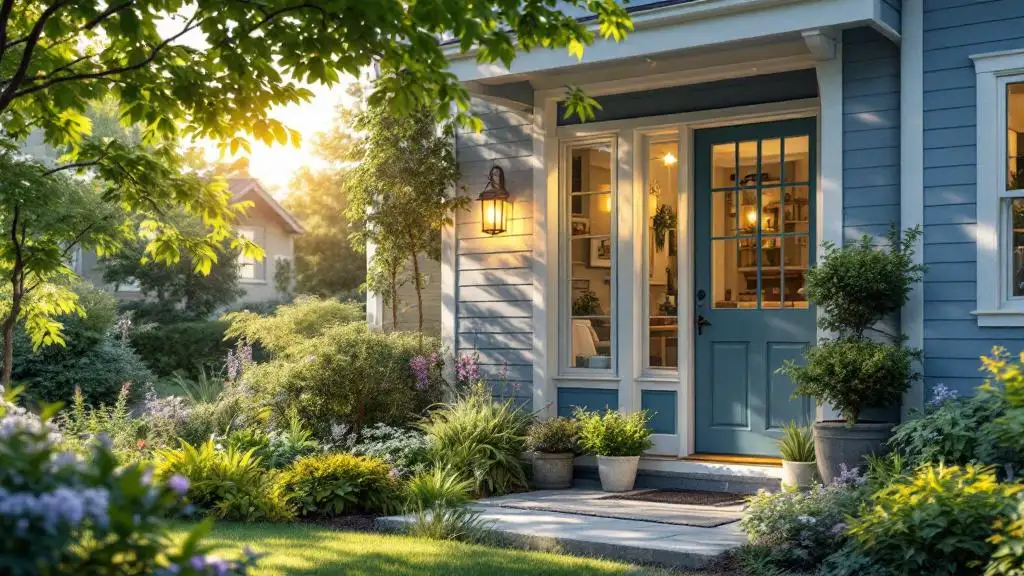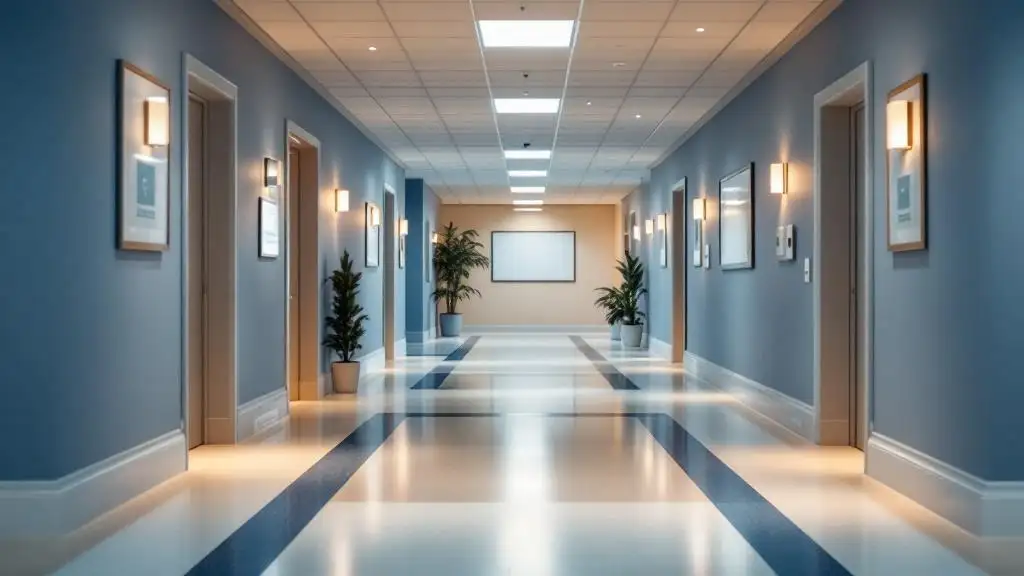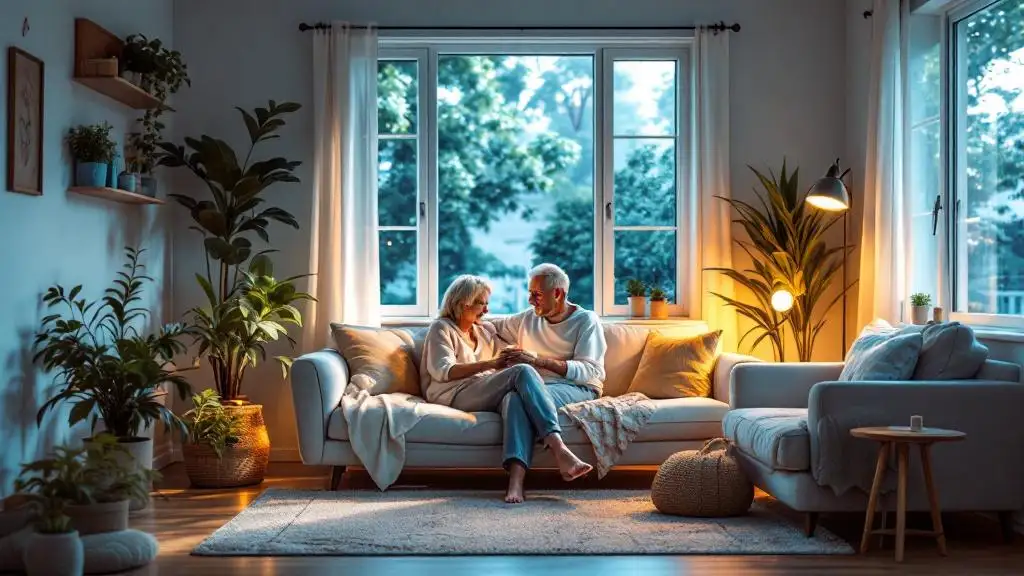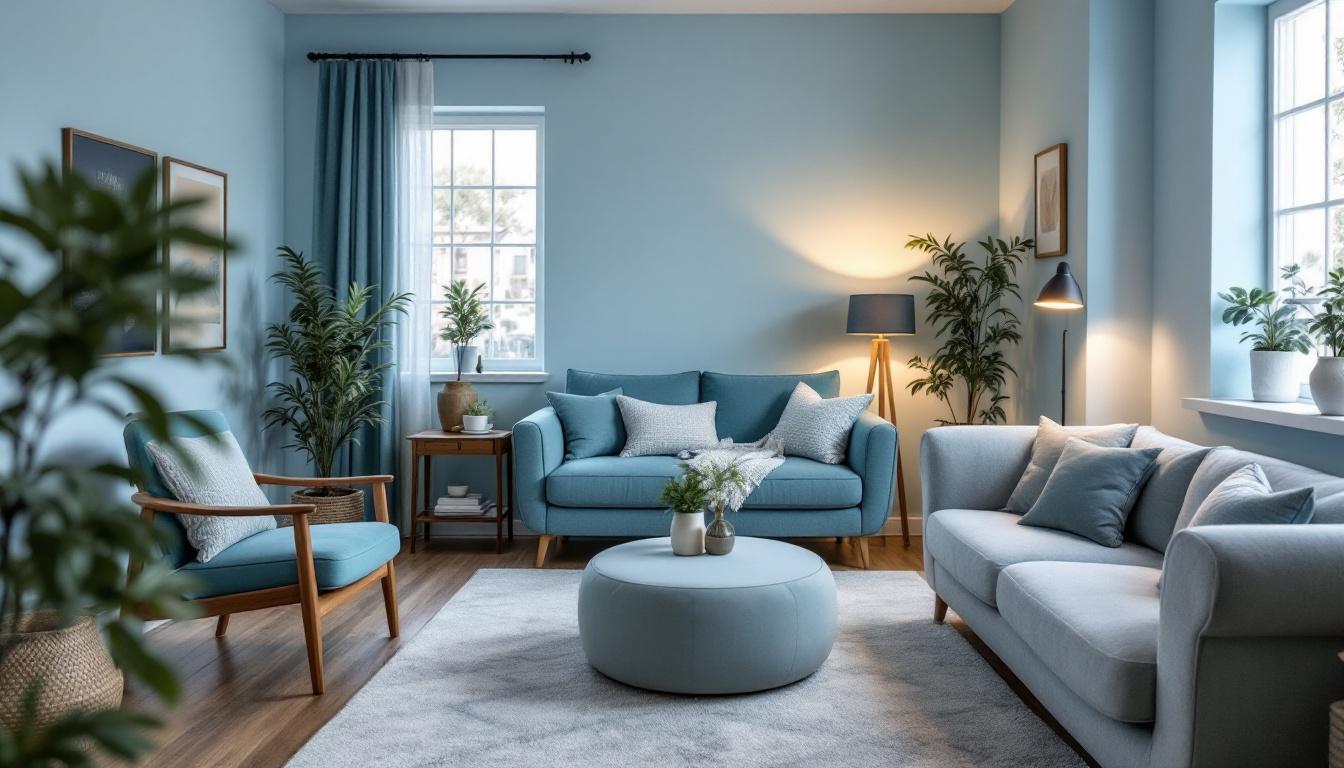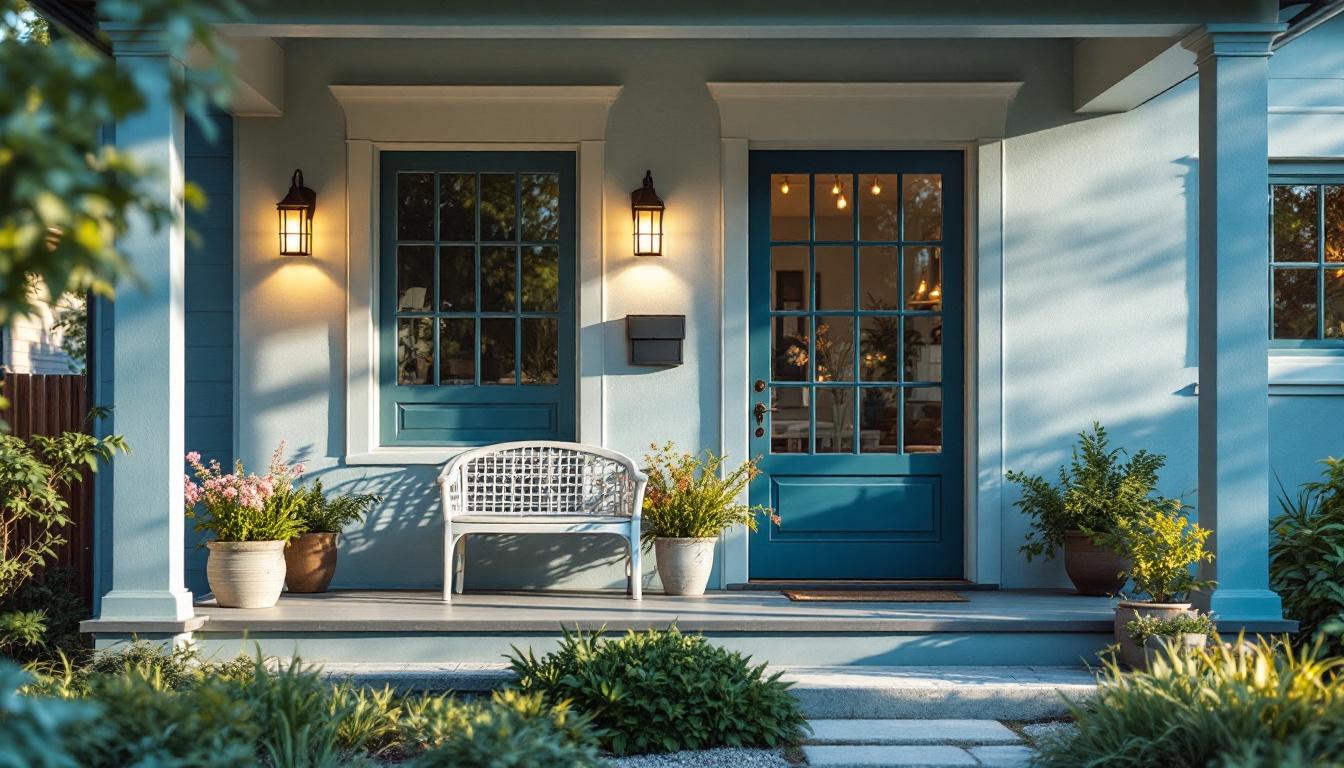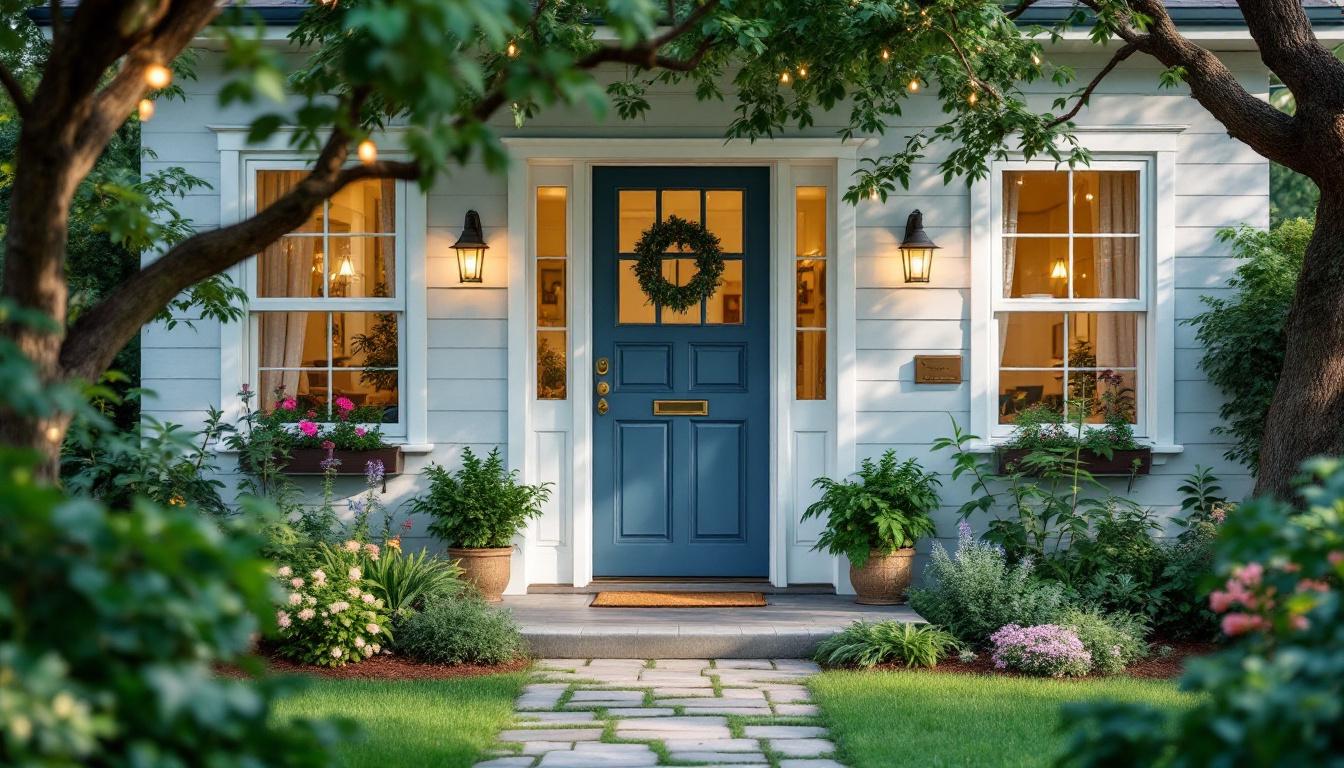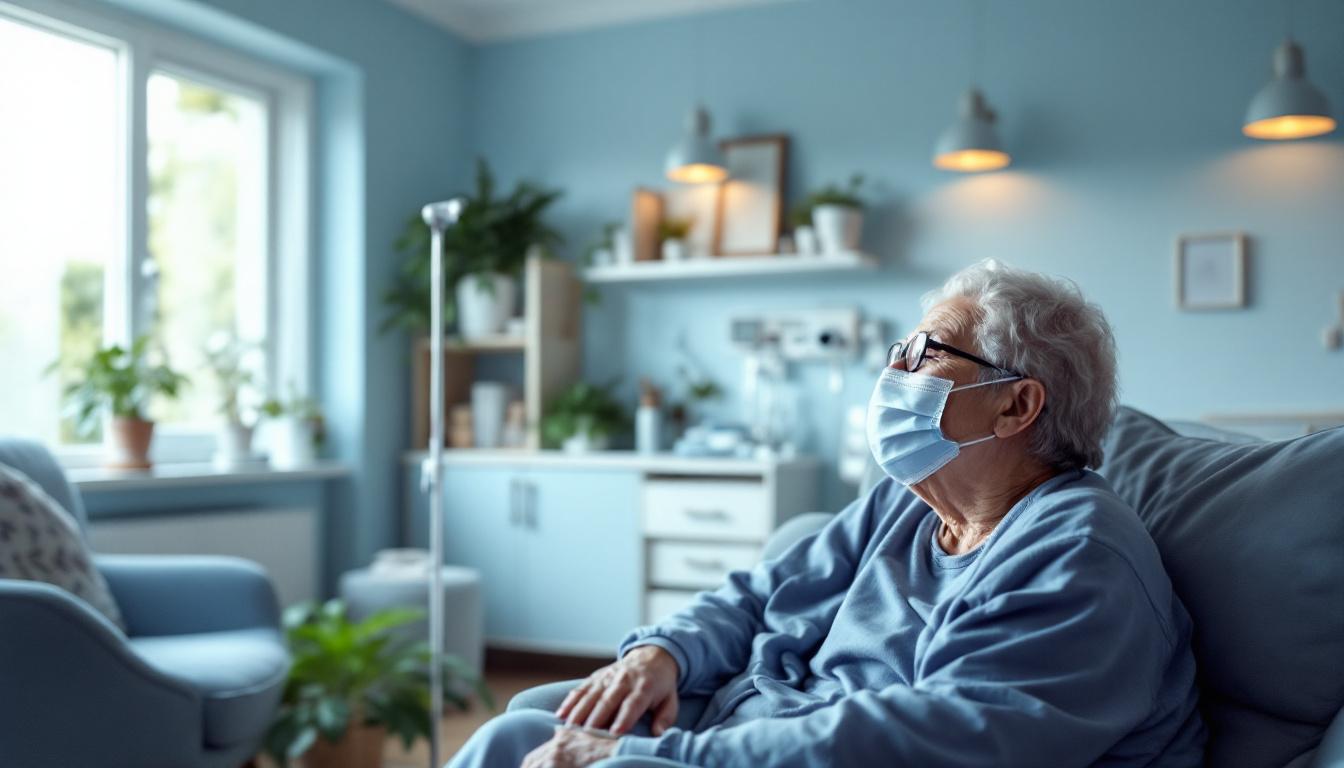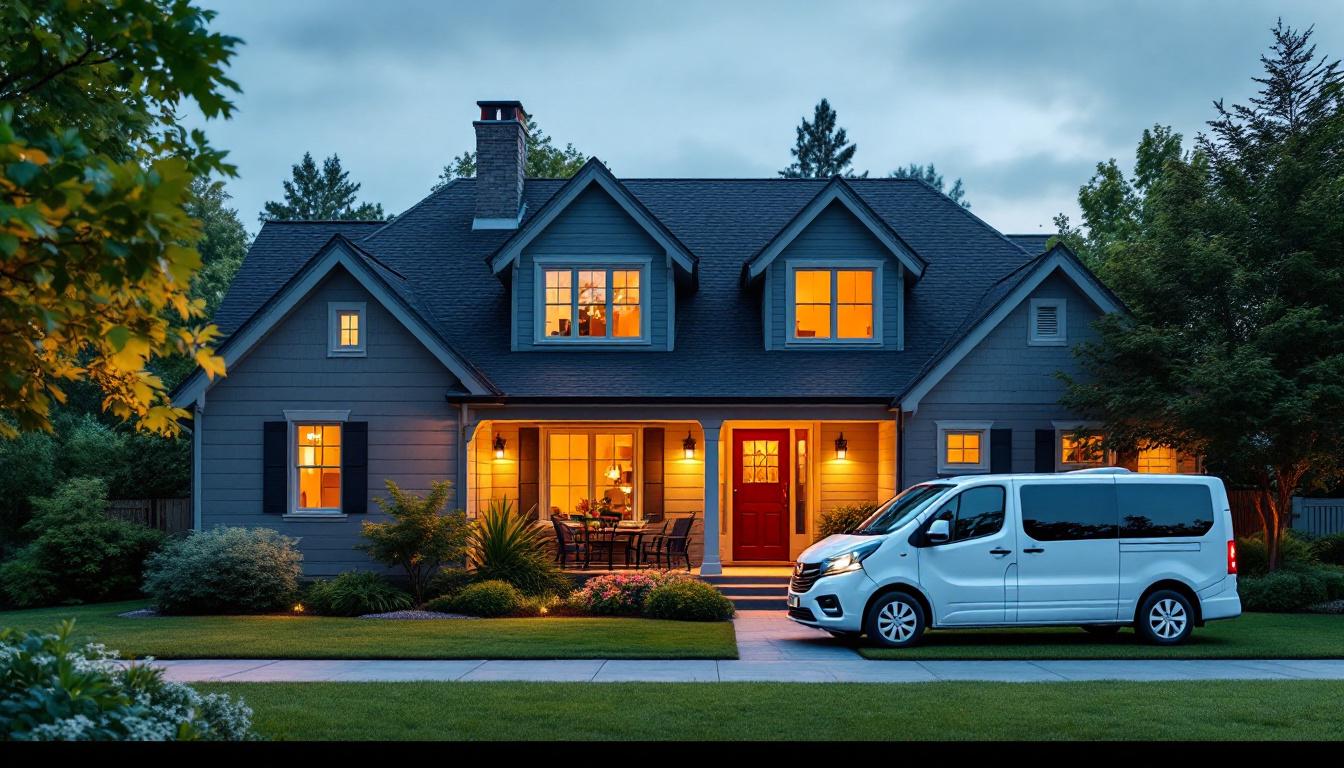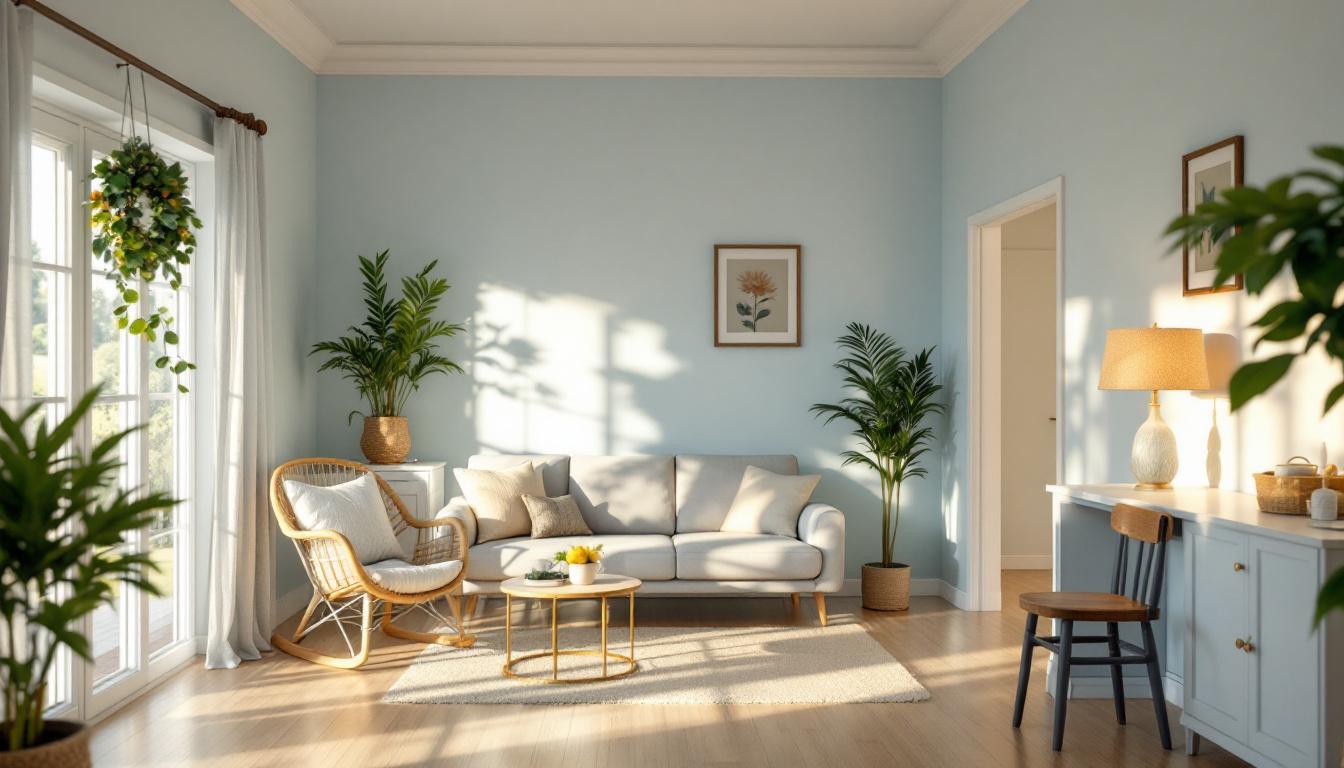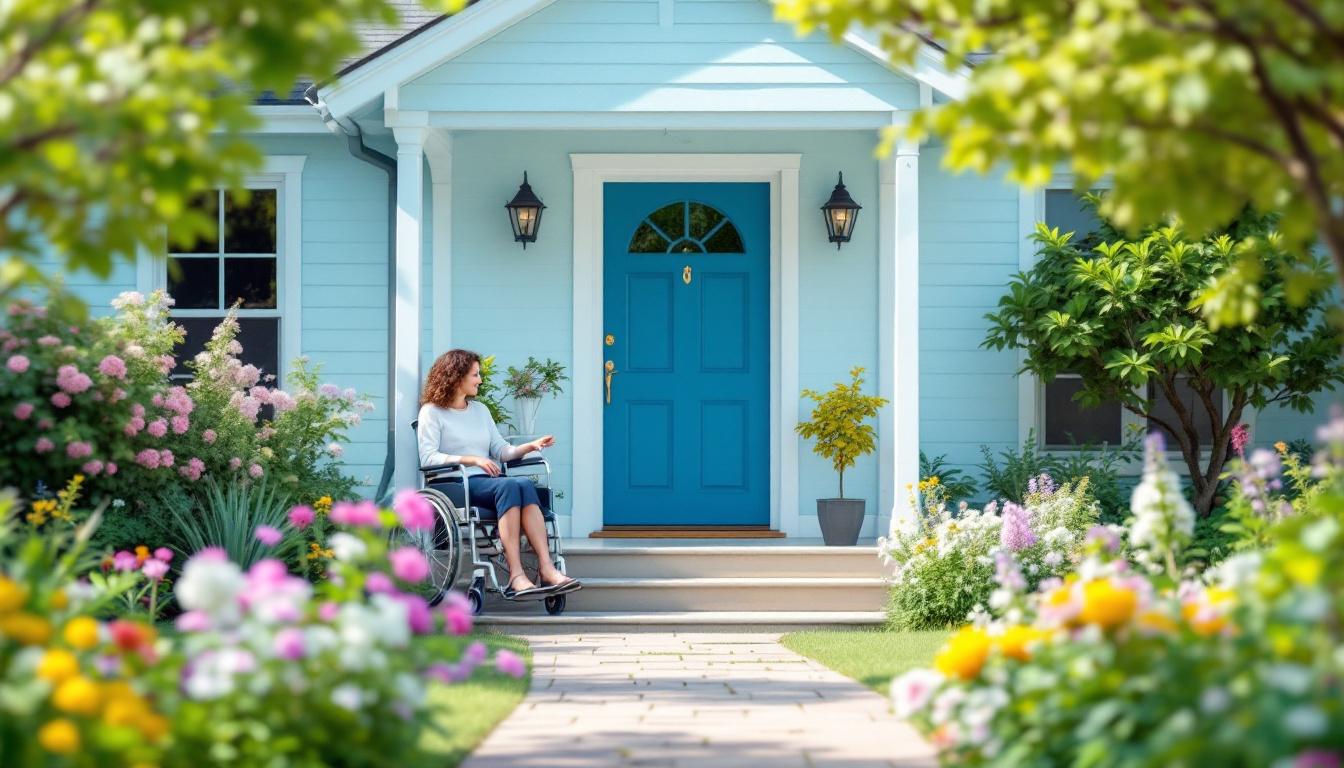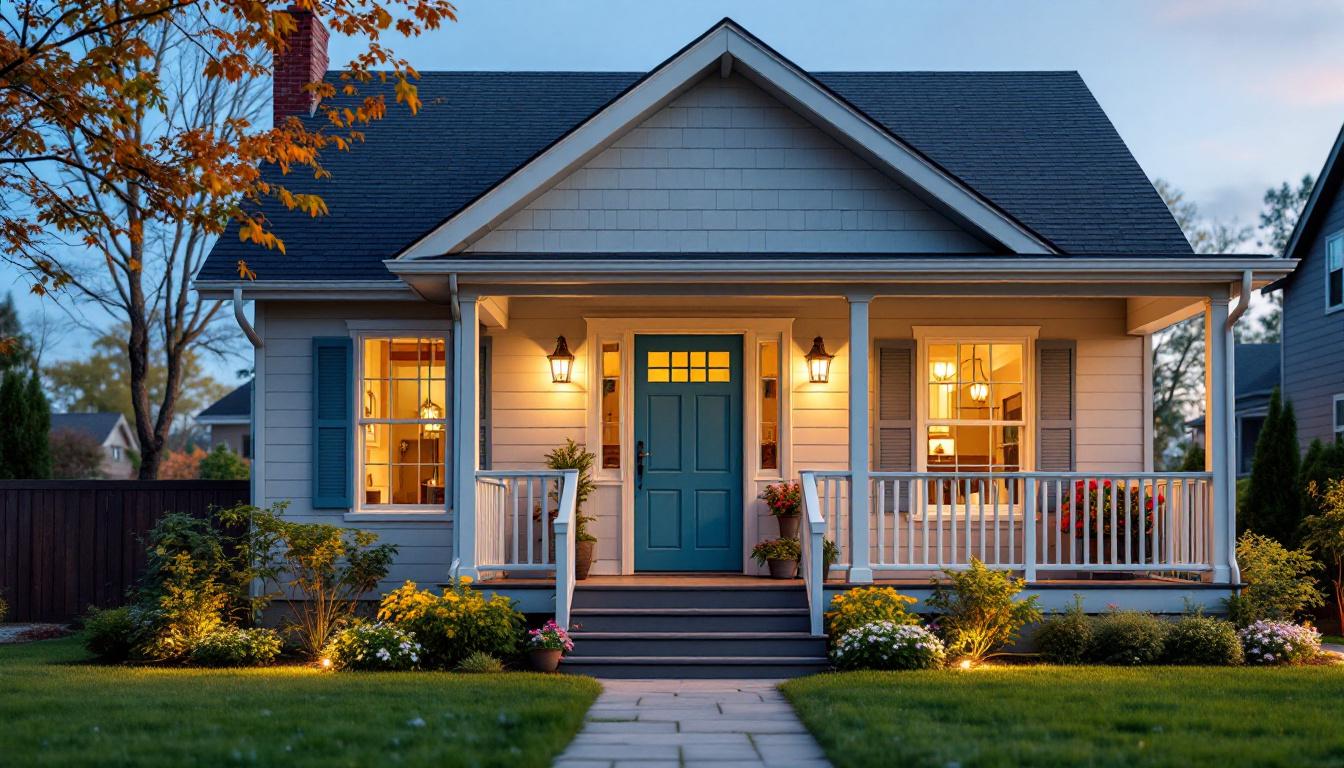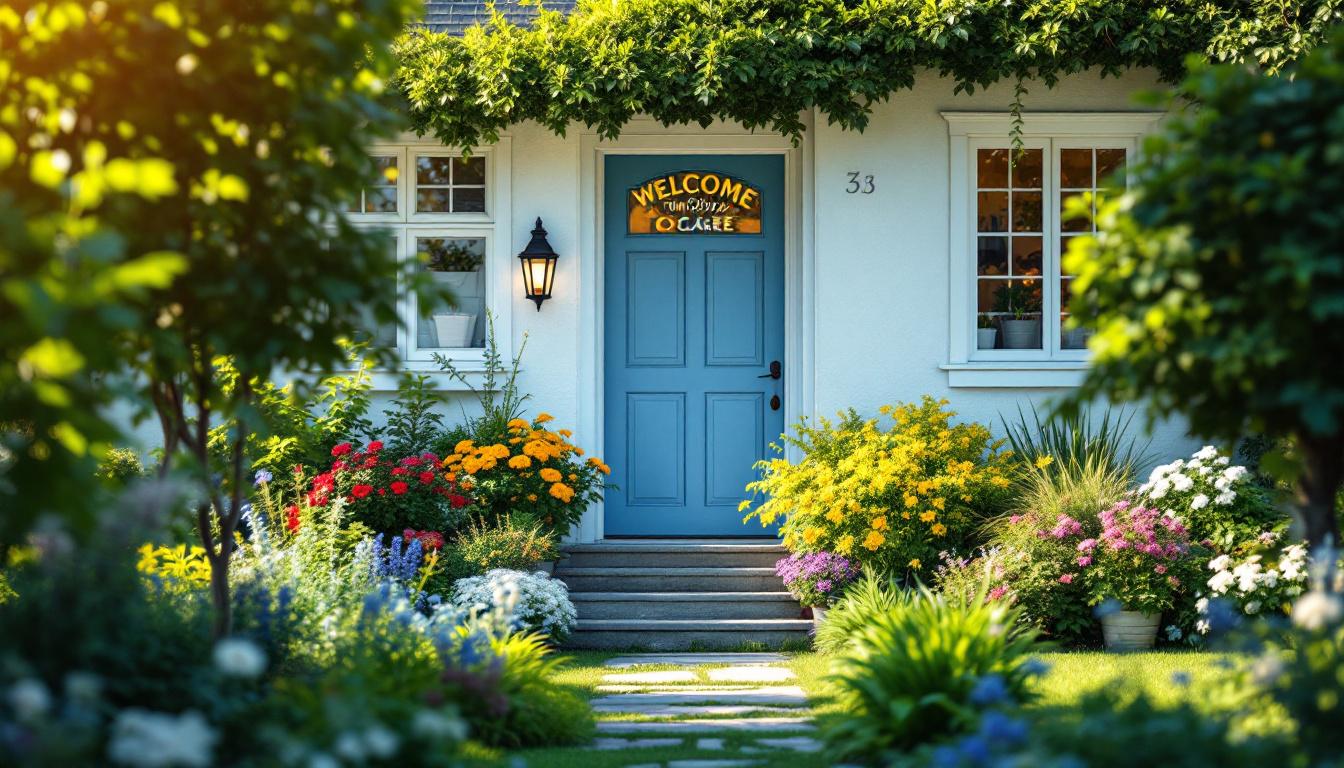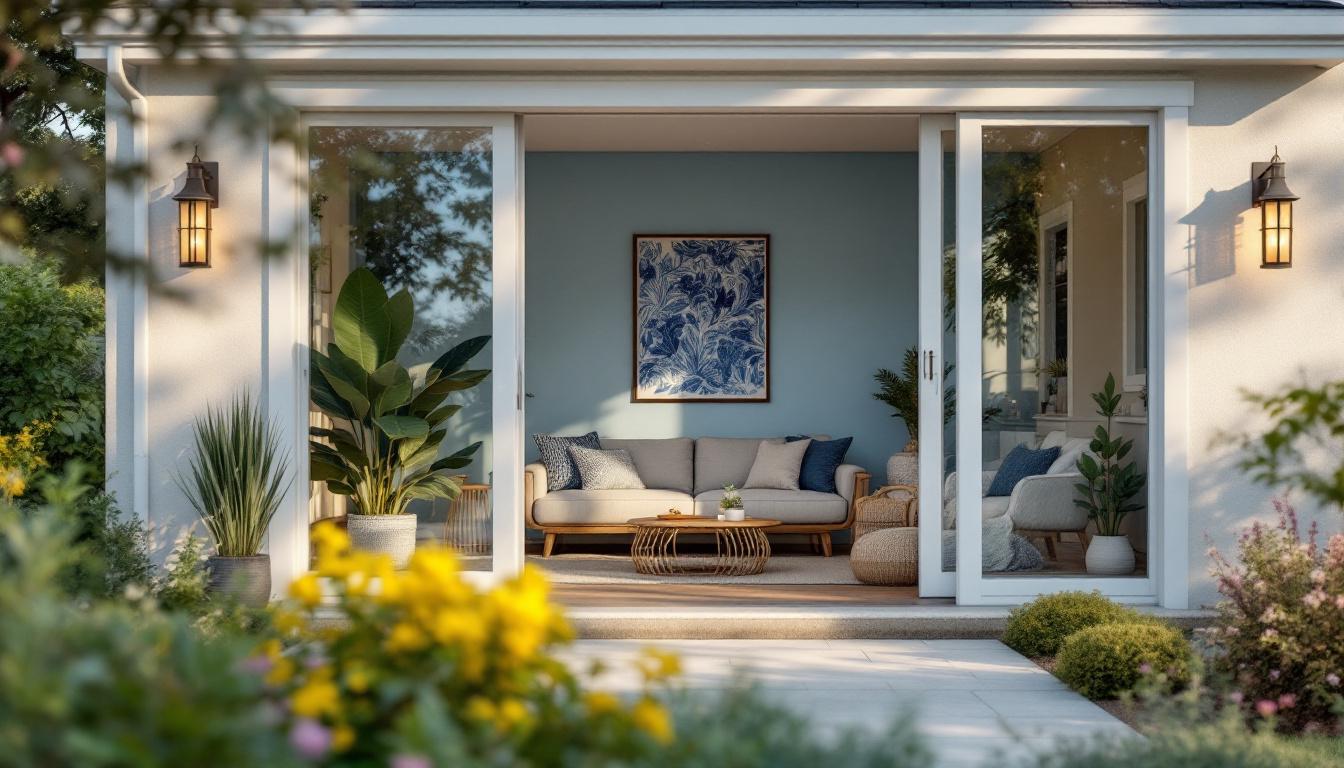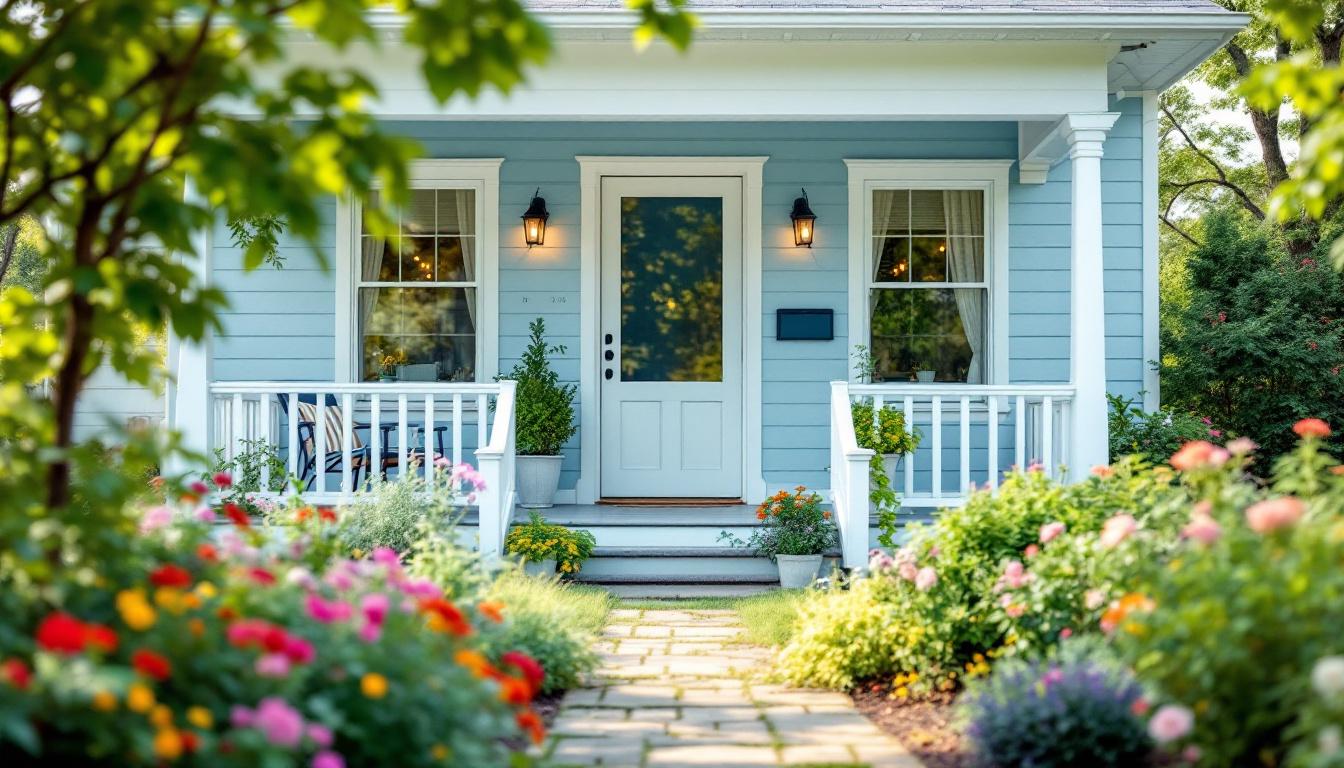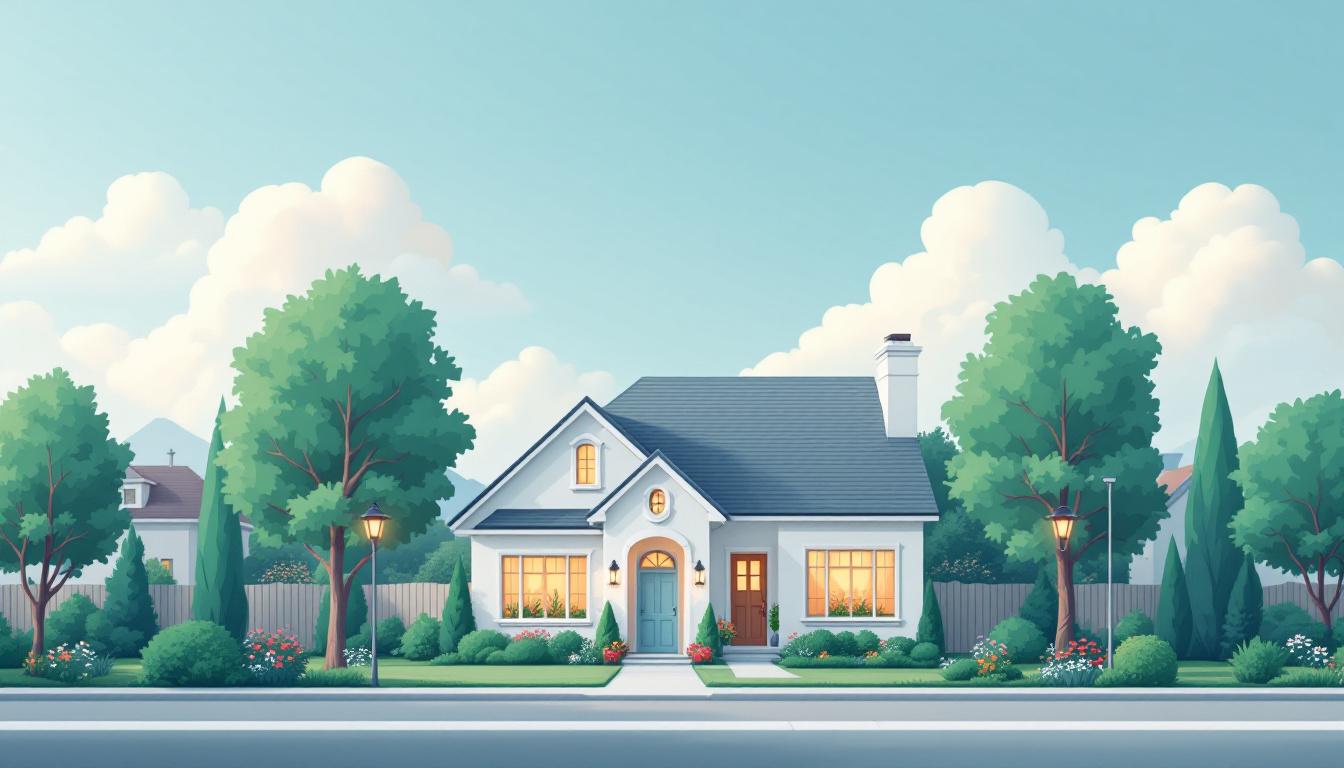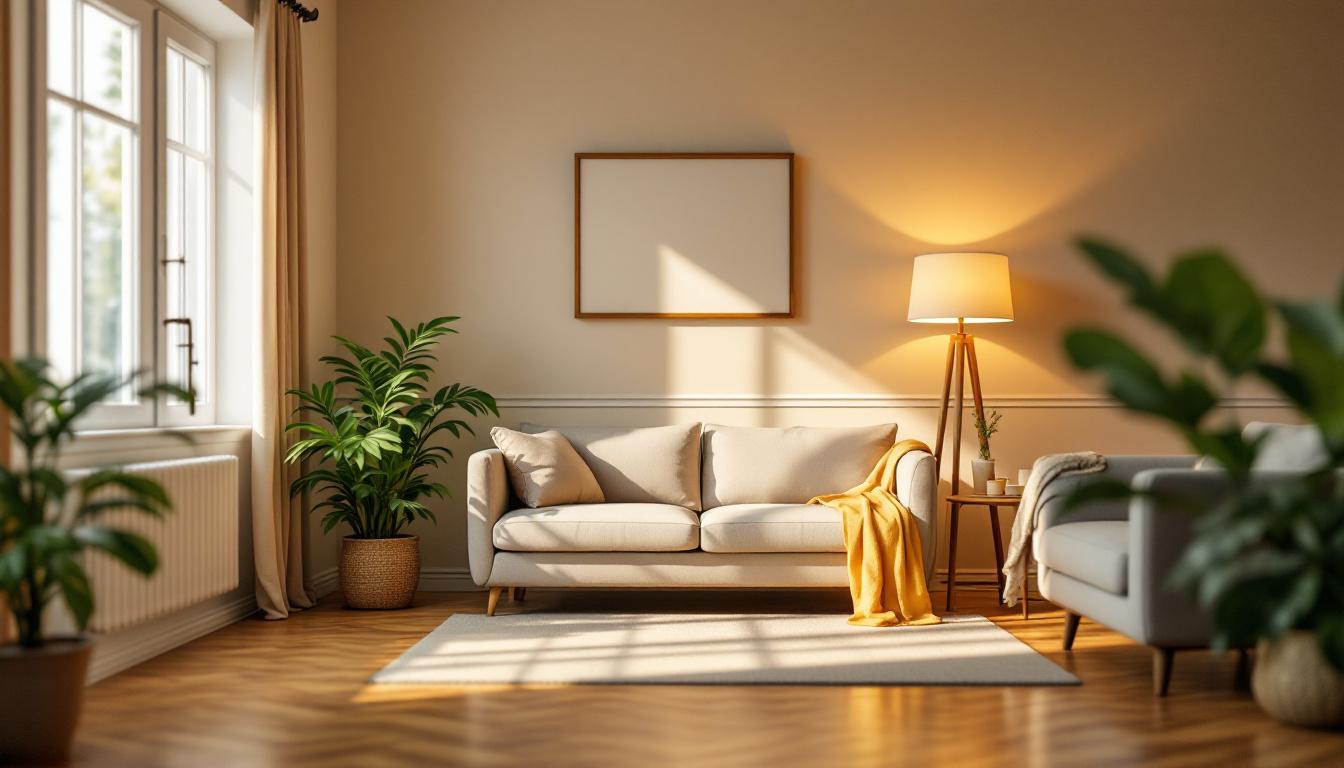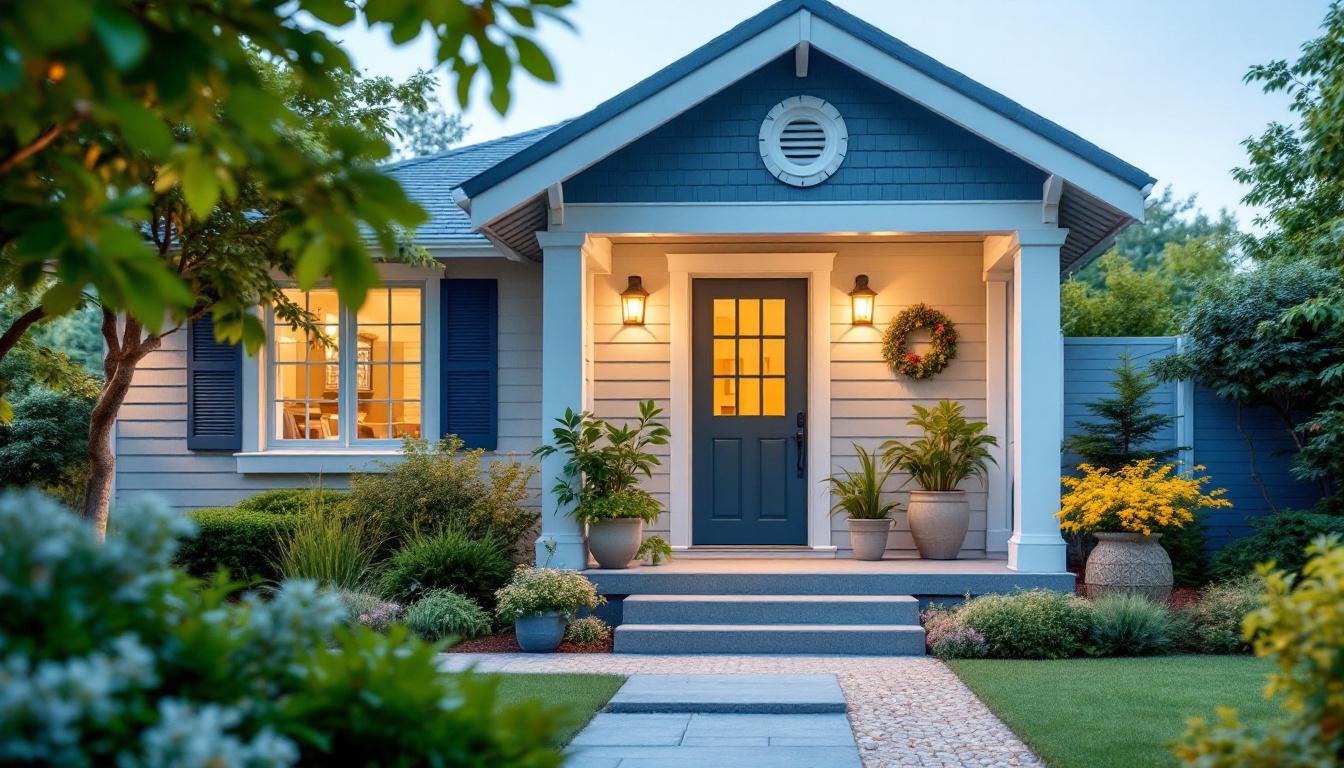Home Accessibility Audits
Discover home accessibility audits to enhance safety and improve daily living for seniors and caregivers.


Importance of Home Accessibility Audits
Home accessibility audits are essential evaluations that help ensure living spaces are suitable for all individuals, particularly those with disabilities or mobility challenges. The importance of these audits is twofold: ensuring legal compliance and enhancing user experience.
Ensuring Legal Compliance
Home accessibility audits play a crucial role in confirming that residences meet legal requirements, including standards set by the Americans with Disabilities Act (ADA) and other relevant regulations. Compliance with these laws helps homeowners minimize the risk of legal consequences. Identifying and correcting barriers within the home that hinder accessibility is vital. Failing to address these issues can lead to legal ramifications for property owners, making audits an important step in safeguarding against potential lawsuits [1].
Homeowners who conduct accessibility audits demonstrate their commitment to inclusive living environments, thereby aligning with the increasing focus on accessibility within the community. By doing so, they not only foster compliance but also contribute to the overall improvement of community standards.
Legal StandardsPotential RisksADA StandardsLawsuits and finesDepartment of Justice RegulationsNon-compliance penalties
Enhancing User Experience
In addition to ensuring compliance, home accessibility audits significantly enhance the overall user experience for all individuals, particularly those with mobility challenges. By evaluating and improving accessibility, homeowners can create spaces that allow for seamless navigation, interaction, and content consumption [1].
User-friendly changes, such as wider doorways, accessible bathroom facilities, and clear pathways, not only benefit individuals with disabilities but also make homes more enjoyable for everyone. This commitment to accessibility fosters an inclusive environment, allowing a broad range of individuals to feel safe and welcome in their living spaces.
Accessibility audits highlight modifications that can improve daily functioning and satisfaction within the home. They are an essential step toward ensuring homes meet the diverse needs of all residents, thereby enriching life quality for individuals both with and without disabilities [2].
Benefits of Conducting Audits
Home accessibility audits provide essential advantages for both elderly individuals and their caregivers. These audits are designed to identify areas of improvement to ensure the safety, comfort, and usability of living spaces.
Legal Risk Mitigation
Conducting home accessibility audits is crucial for ensuring compliance with accessibility laws, such as the Americans with Disabilities Act (ADA) Standards and Department of Justice (DOJ) Regulations. By identifying potential accessibility issues, homeowners can make necessary modifications, minimizing the risk of legal consequences. Home accessibility audits help in making informed decisions about modifications needed to meet these regulations [1].
Legal Compliance AspectDescriptionADA ComplianceEnsures modifications meet federal accessibility standards.DOJ RegulationsHelps in understanding and complying with legal requirements.Risk ReductionMitigates potential legal issues related to accessibility.
User-Friendly Homes
Beyond legal compliance, home accessibility audits significantly enhance the user experience for individuals with disabilities or limited mobility. These audits help ensure seamless navigation and interaction within the home, creating an environment that accommodates individuals of all abilities. By evaluating existing conditions and recommending improvements, homeowners can address obstacles that hinder mobility [1].
User Experience ImprovementBenefitEnhanced NavigationAllows easier movement throughout the living space.Improved SafetyReduces risks of accidents and injuries at home.Quality of LifeIncreases independence and overall well-being for residents.
In addition, audits can future-proof homes for changing needs as individuals age, ensuring long-term viability of living spaces. Home accessibility audits provide valuable insight that can lead to necessary adjustments for improved safety, such as assessing safety features around the home [2]. By conducting these audits, caregivers and elderly individuals can create a safe, functional, and welcoming living environment.
Area of Focus in Home Audits
Home accessibility audits focus on identifying and implementing modifications that enhance the livability of homes for elderly individuals and people with disabilities. These modifications can be broadly categorized into inner and outer adjustments.
Inner Modifications
Inner modifications address the areas within the home that significantly impact daily activities. This includes modifications in key living spaces such as bedrooms, bathrooms, and kitchens.
AreaModification ExamplesBedroomCloset accessibility, bed height adjustments, clear pathways for mobilityBathroomADA-compliant toilets, roll-in showers, grab bars, properly cleaned spaces to ensure safety (UDS Foundation)KitchenHeight-adjustable countertops, accessible cabinets, and sinks, accessible appliances for meal preparation (UDS Foundation)
Making these inner modifications is critical as they are directly related to facilitating daily tasks, improving safety, and enhancing overall comfort within the home.
Outer Modifications
Outer modifications involve changes to the exterior components of a home. These modifications are essential for ensuring safe entry and exit and may include:
AreaModification ExamplesEntrywaysHandicapped parking spaces, ADA-compliant wheelchair rampsPathwaysSmooth, non-slip surfaces, clear signage for navigationOutdoor SpacesAccessible patios and gardens that consider mobility aids.
Outer modifications play a vital role in not just adhering to legal compliance but also ensuring that individuals can access their homes safely and comfortably. It is important to regularly evaluate these modifications as guidelines for accessibility are frequently updated.
By focusing on these inner and outer modifications, home accessibility audits can significantly enhance the quality of living for elderly individuals and caregivers, allowing them to maintain independence and safety within their own homes. For further details, explore resources related to mobility assistance devices and supportive housing programs.
Best Practices for Audits
Conducting home accessibility audits is essential for ensuring that living spaces are safe and user-friendly for the elderly and those with mobility challenges. Here are two best practices to consider when carrying out these audits: self-evaluation and feedback, and seeking professional assistance.
Self-Evaluation and Feedback
Self-evaluation allows individuals or caregivers to assess their living environments actively. This practice is not only cost-effective but also empowering. It enables homeowners to directly identify areas that may require improvement or modification. A thorough self-evaluation involves walking through the home and considering several factors, including:
Creating a checklist can help facilitate this process. Below is a simple table example that can guide self-evaluation:
Area of HomeConsiderationsStatus (OK/Needs Improvement)EntranceNo steps, wide doorOKLiving RoomClear pathways, furniture heightNeeds ImprovementBathroomGrab bars installed, non-slip matsOKKitchenAccessible cabinets, countertop heightNeeds Improvement
Feedback from family members can also provide additional insights, highlighting areas that may not have been previously considered. This collaborative approach promotes a more comprehensive understanding of the home's accessibility needs. For more information on resources and support, check out vocational rehabilitation and care coordination agencies.
Professional Assistance
While self-evaluation is valuable, seeking professional help is advisable for a thorough and objective assessment. Professionals such as contractors, occupational therapists, or accessibility consultants can identify specific areas needing improvement and recommend appropriate modifications to enhance accessibility. Their expertise often leads to more tailored solutions that might have been overlooked during a self-evaluation.
Professional assistance can include:
Consulting a professional not only ensures a comprehensive audit but also helps implement necessary changes effectively. For resources on where to find these professionals, consider looking into disability service providers or community health centers.
Incorporating both self-evaluation and professional guidance during home accessibility audits will lead to safer and more accommodating living environments for the elderly and their caregivers.
Impact on Daily Living
Home accessibility audits have a significant impact on daily living for elderly individuals and caregivers. By identifying areas for improvement, these audits facilitate daily tasks and enhance safety measures, making living spaces more functional and inclusive.
Facilitating Daily Tasks
Accessibility modifications allow individuals to perform daily activities with greater ease and independence. Simple adjustments identified during an accessibility audit can include:
ModificationBenefitsInstalling grab bars in bathroomsProvides support when moving in and out of the bathtub or shower.Adding wheelchair rampsFacilitates safe entry and exit, particularly for those with mobility challenges.Widening doorwaysAccommodates mobility aids like walkers or wheelchairs for easier navigation.Using lever door handlesAllows for easier opening, especially for those with limited hand strength.
These enhancements create a more accommodating environment, enabling the elderly to carry out everyday tasks with minimal assistance. Each improvement contributes to a greater sense of independence and dignity.
Enhancing Safety Measures
Safety is a primary concern for seniors living at home. Home accessibility audits help identify and improve safety features to mitigate risks. Key areas of focus include:
Safety FeaturePurposeNon-slip flooringReduces the risk of falls, especially in bathrooms and kitchens.Adequate lightingEnsures visibility in hallways, staircases, and entrances, reducing the risk of accidents.Emergency response systemsProvides a quick way to call for help if needed, ensuring peace of mind.Clear pathwaysEliminates obstacles that may lead to trips and falls, enhancing mobility within the home.
By incorporating these safety measures, individuals can enjoy a secure living environment. It reduces anxiety around potential hazards and empowers both seniors and their caregivers to manage daily activities more confidently.
Home accessibility audits are vital for creating safe and functional living spaces. Ensuring these modifications are made can profoundly impact the quality of life for elderly individuals and alleviate some of the challenges face by caregivers. For further support, resources like disability service providers and community health centers can offer valuable assistance in finding appropriate solutions and services.
Modifying Living Spaces
Modifying living spaces is an essential component of improving home accessibility, as identified during a home accessibility audit. This involves both functional designing and inclusive modifications to create a safer and more comfortable environment for elderly individuals and caregivers.
Functional Designing
Functional designing focuses on optimizing living spaces to meet the specific needs of seniors. Key areas of modification often include bedrooms, kitchens, and bathrooms, which are critical for daily activities:
AreaModificationsBedroomCloset accessibility, adjustable beds, and clear pathways (UDS Foundation)KitchenLowered countertops, pull-out shelves, and accessible appliances (UDS Foundation)BathroomSupport bars, walk-in showers, and reinforced toilets (UDS Foundation)
These modifications allow individuals to perform daily tasks more easily, reducing the likelihood of accidents and injuries. Ensuring that spaces are designed for functionality also promotes independence, enabling elderly individuals to carry out routine activities like dressing, cooking, and maintaining personal hygiene without unnecessary strain.
Inclusive Modifications
Inclusive modifications expand on the foundational changes made in functional designing, creating an environment that accommodates everyone, regardless of mobility challenges. This includes:
Creating an inclusive environment allows all residents and visitors, regardless of physical ability, to feel comfortable and welcome. It also emphasizes the importance of adapting spaces as needs change, supporting individuals in maintaining independence in their homes for a longer duration.
For further assistance and support in making these modifications, exploring disability service providers or connecting with care coordination agencies might provide additional resources that meet specific situational requirements.
References
[2]:
[3]:
[4]:

